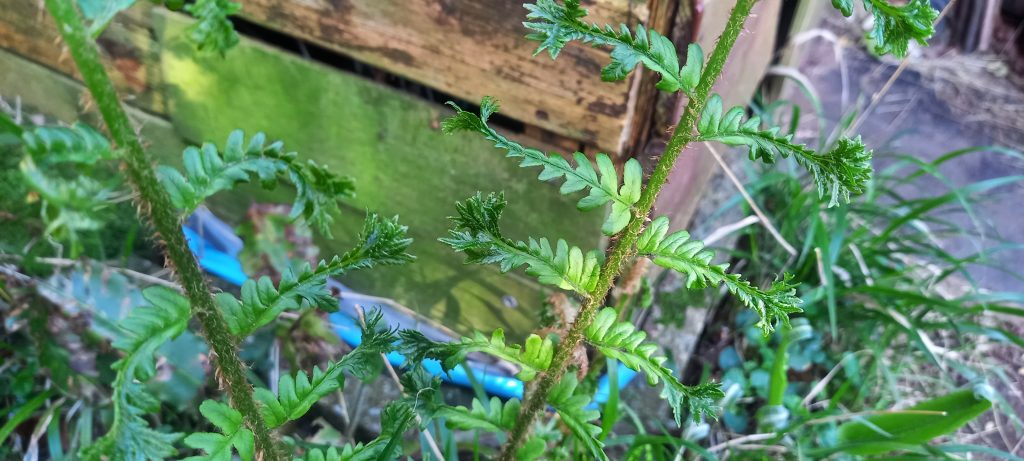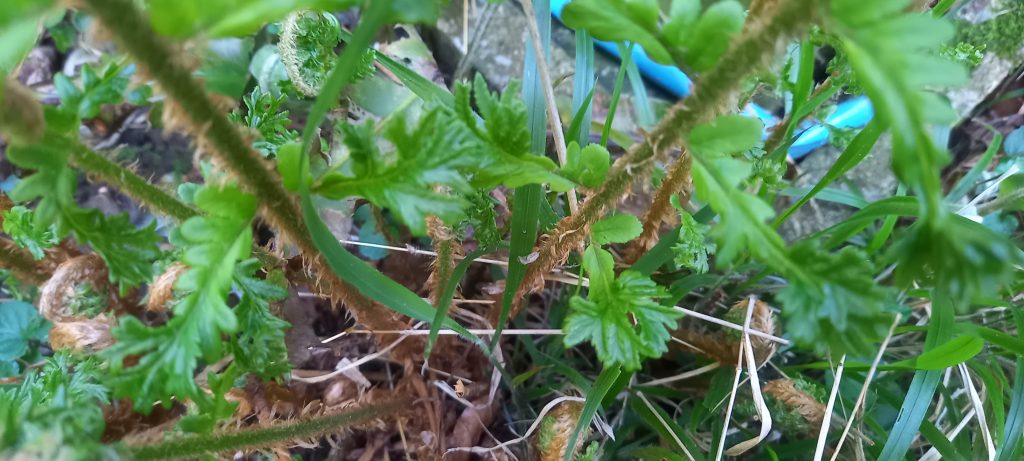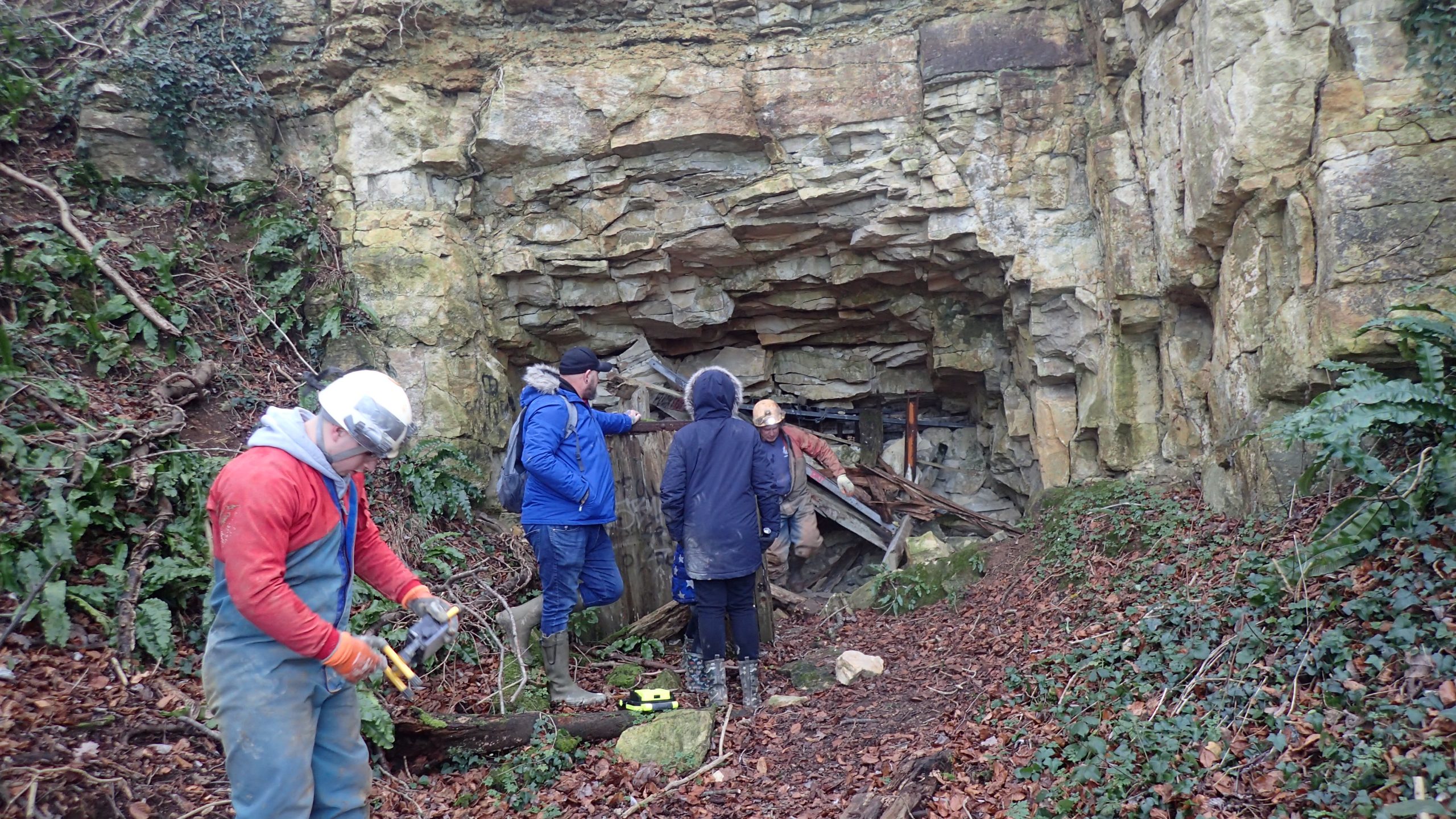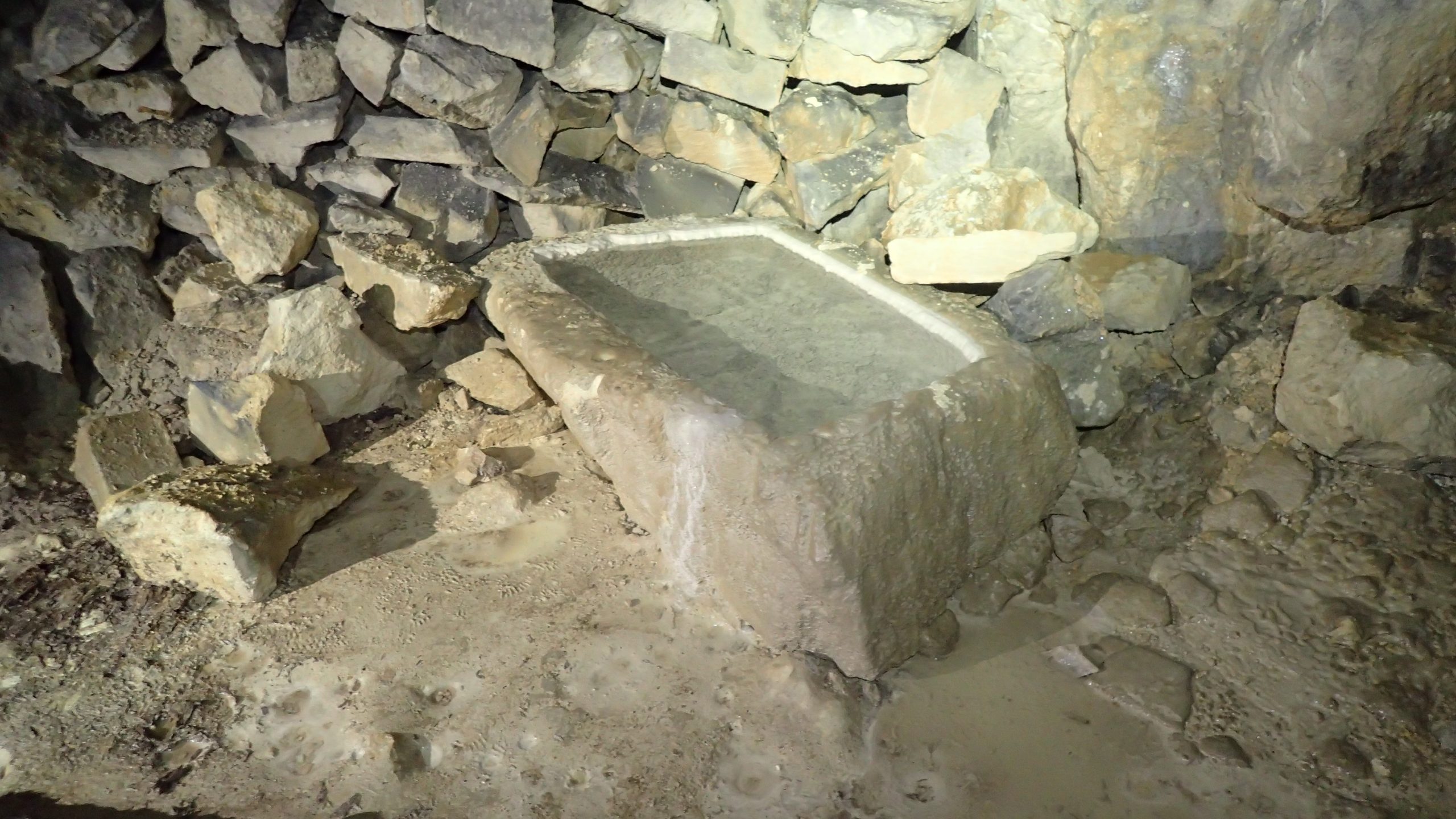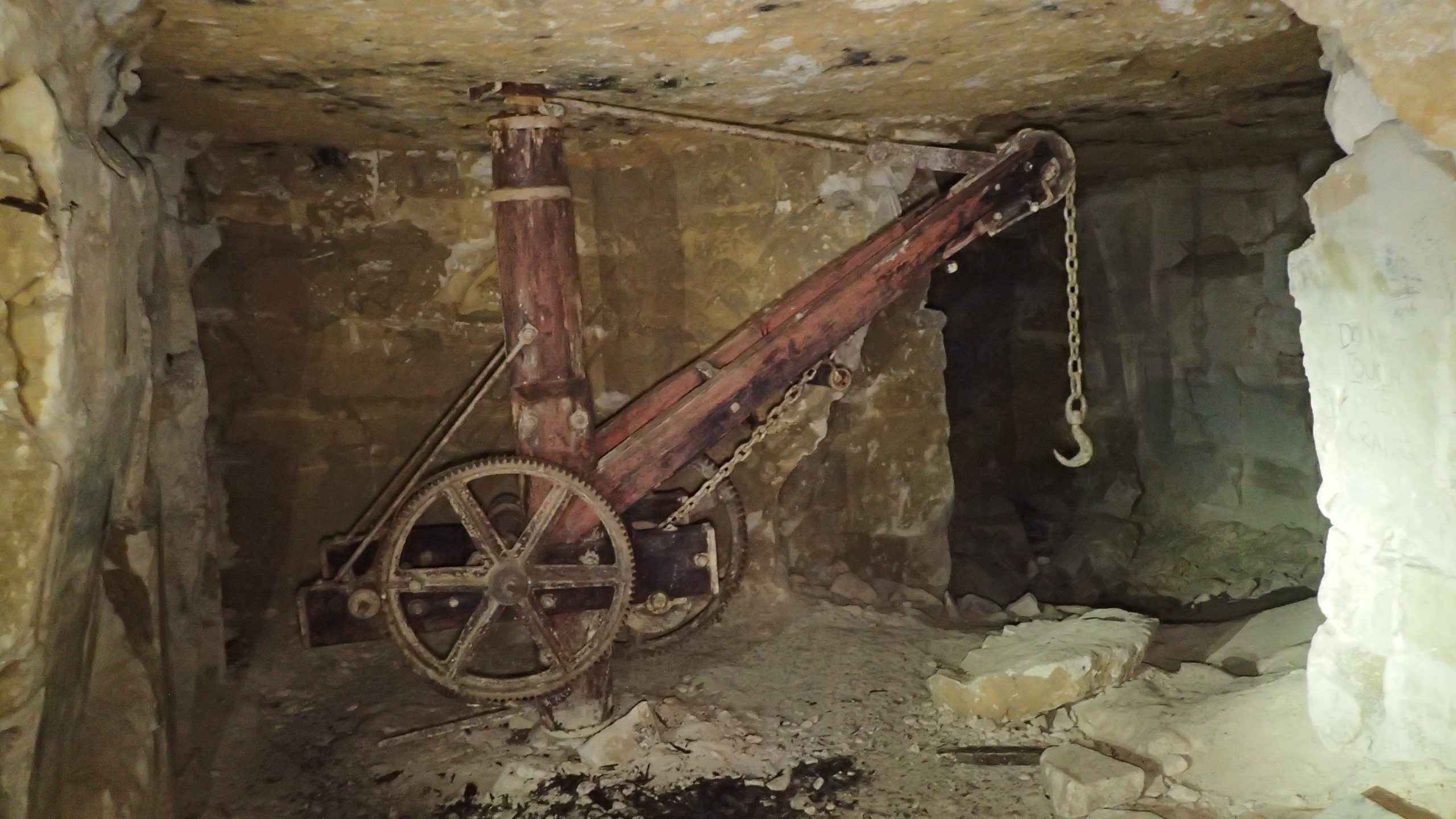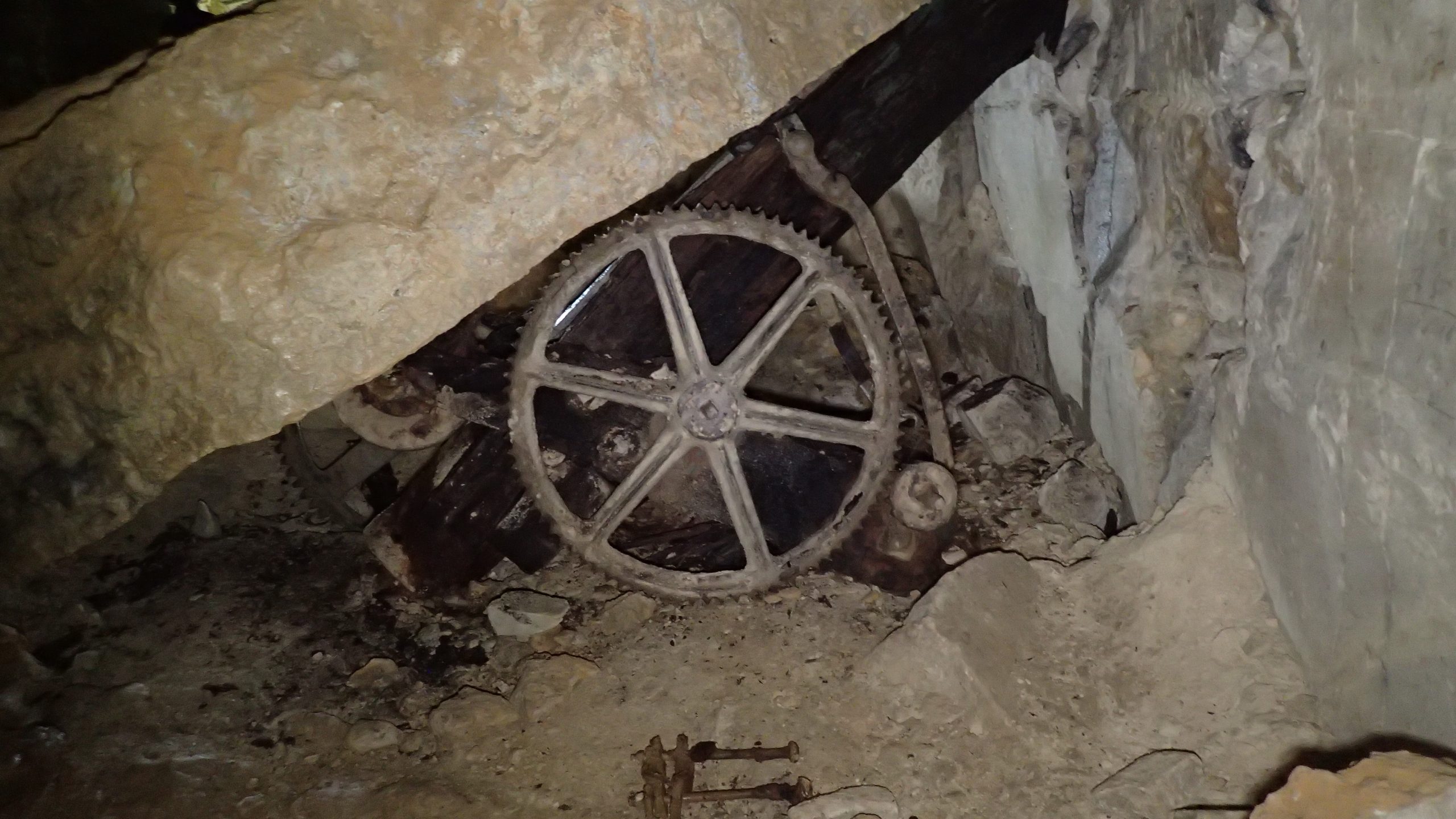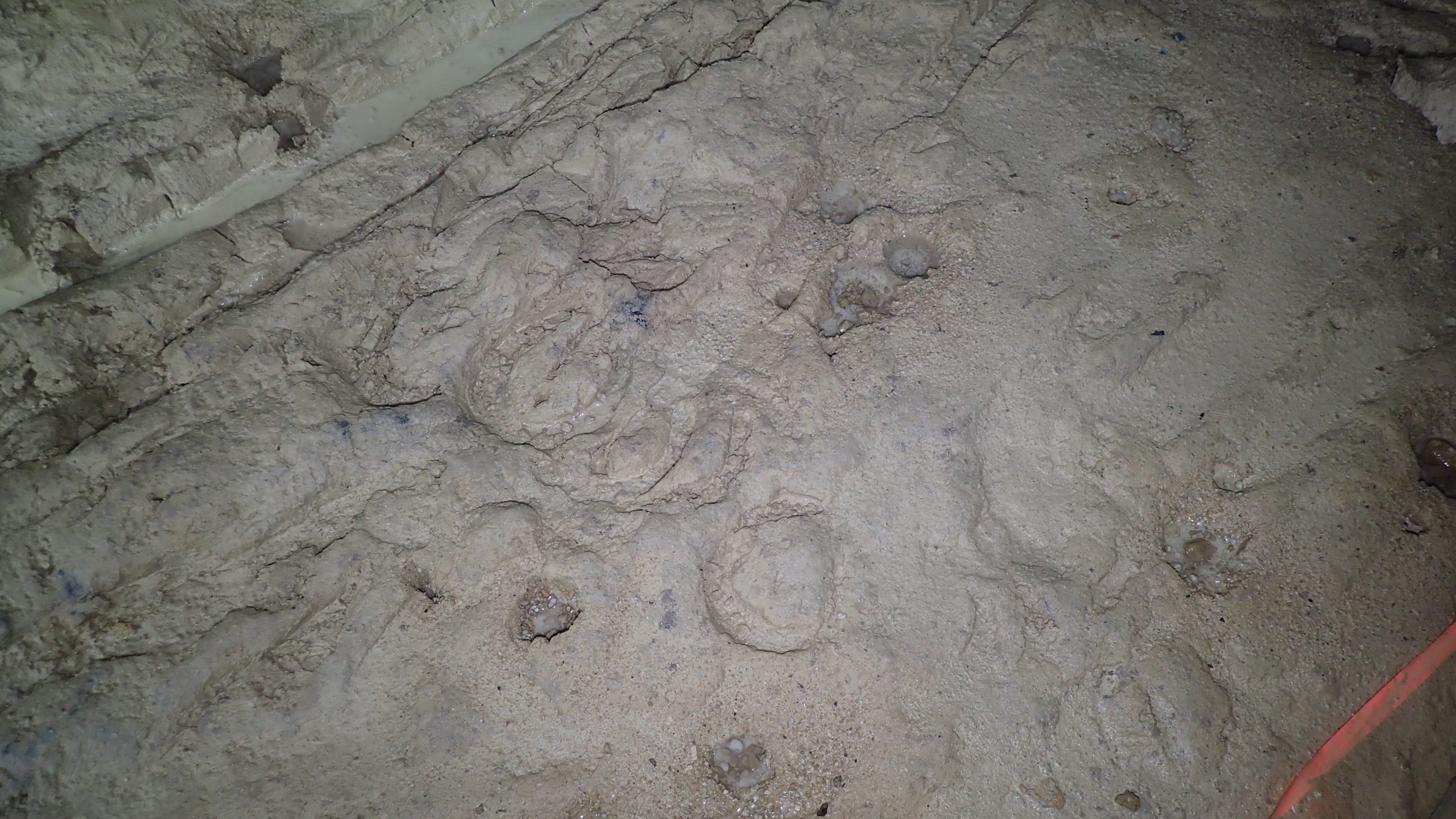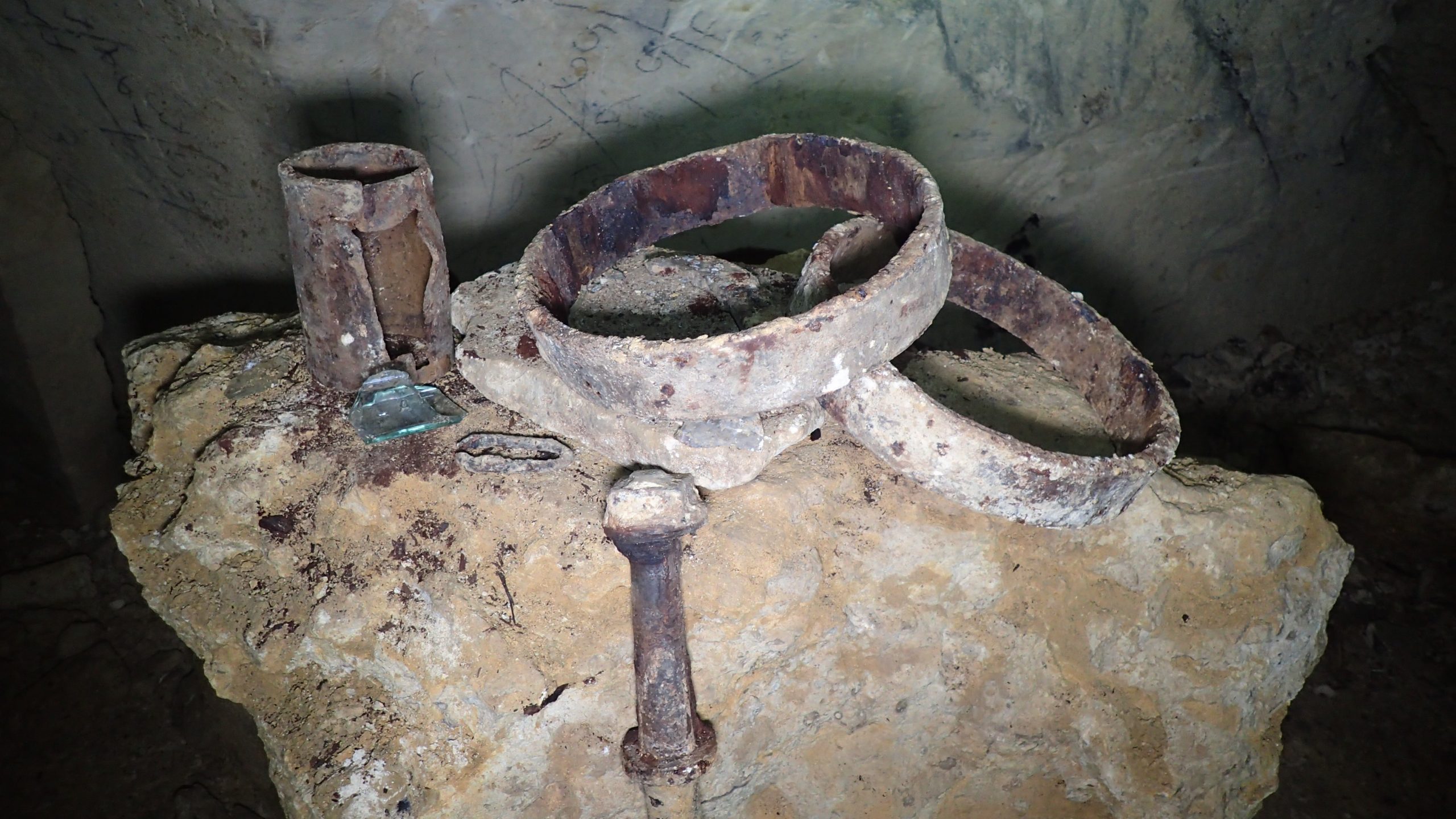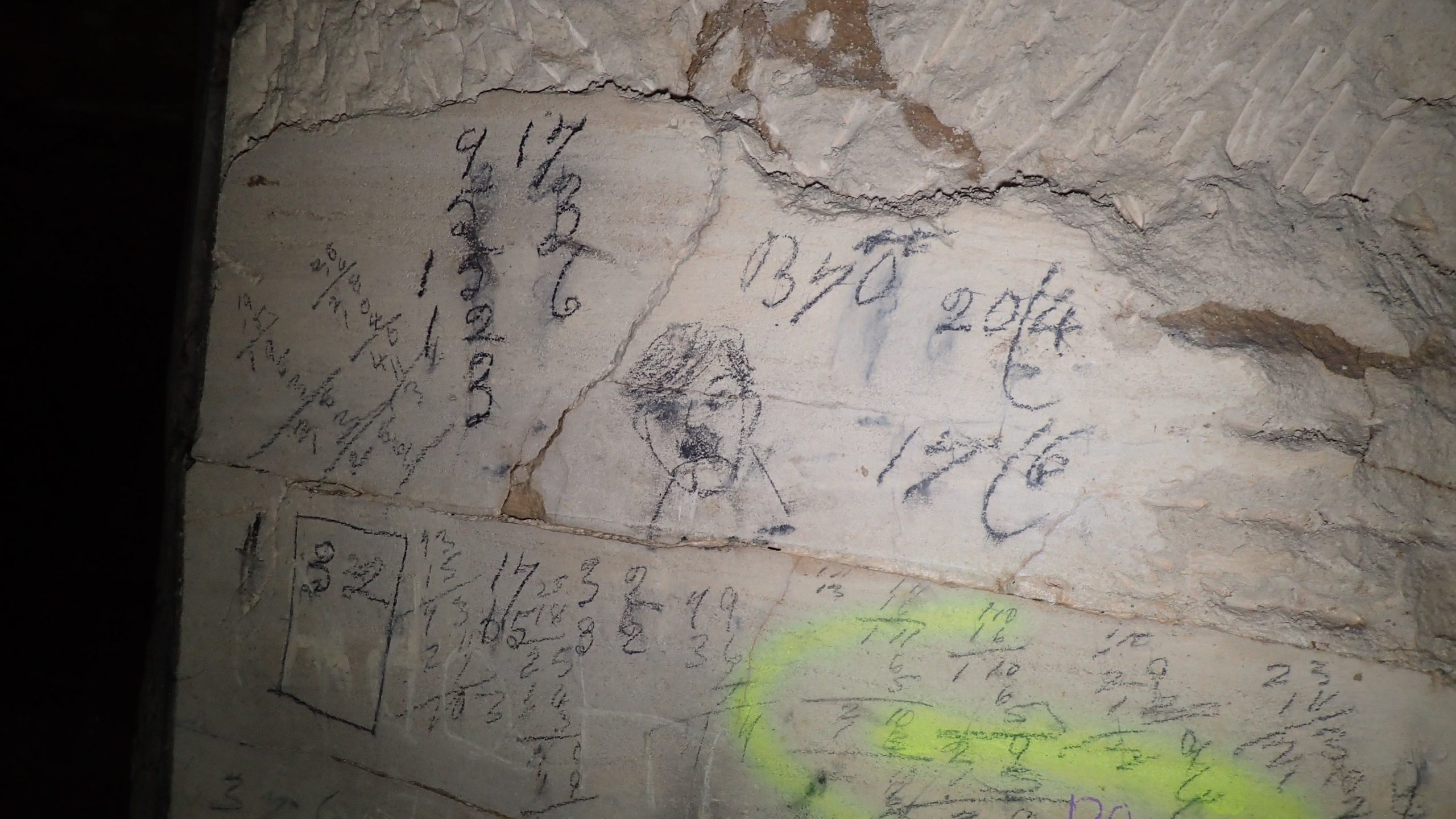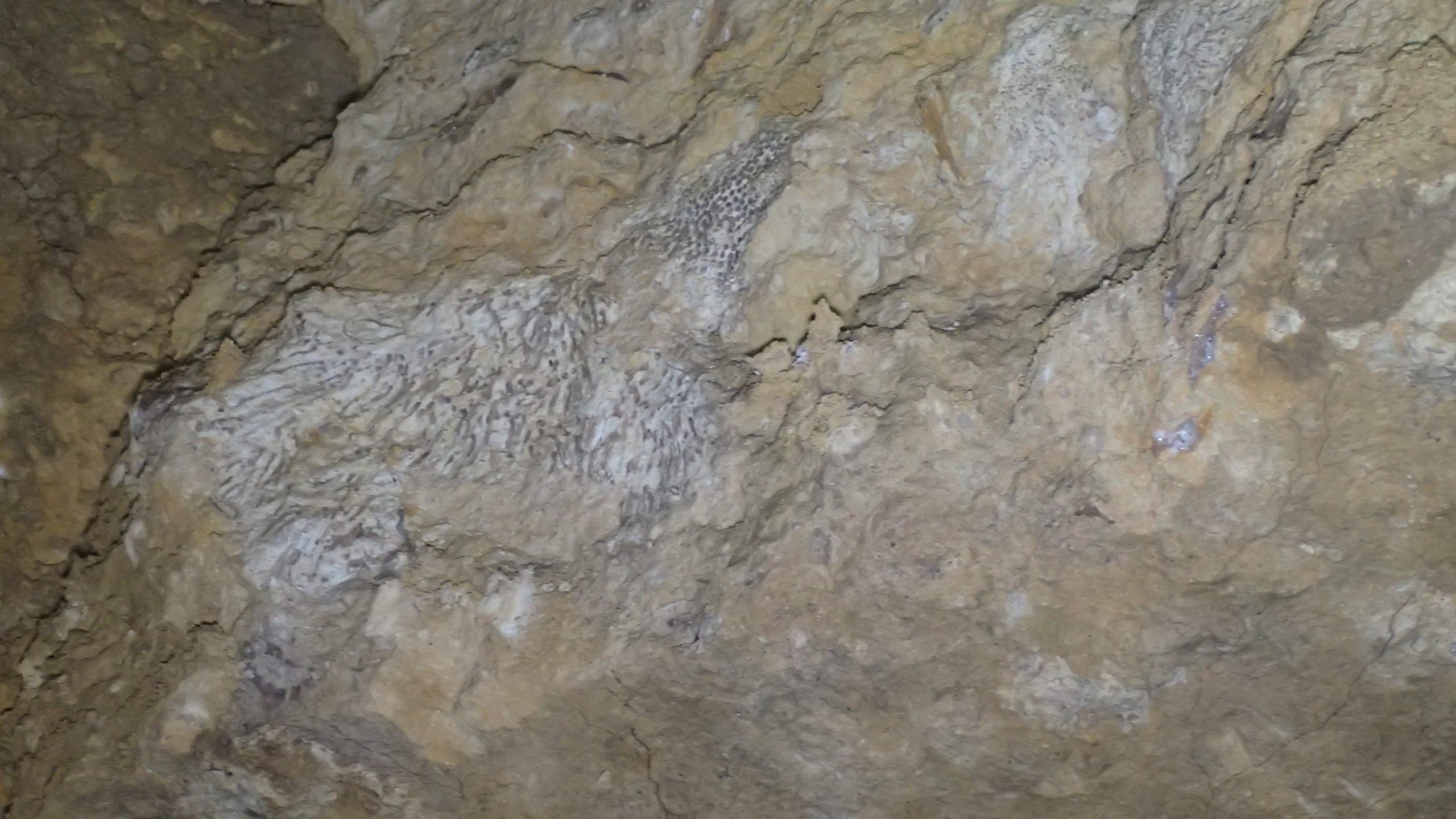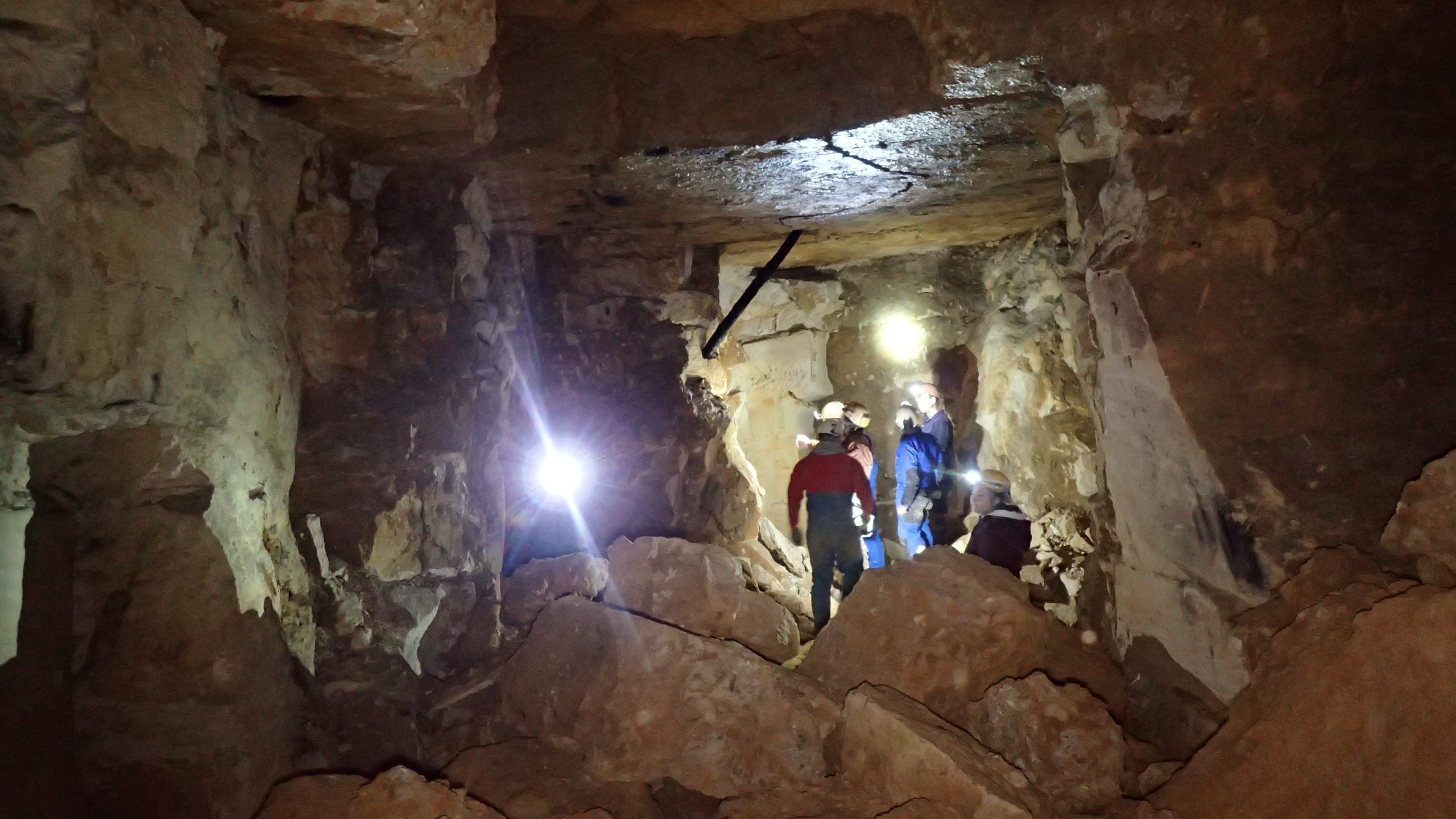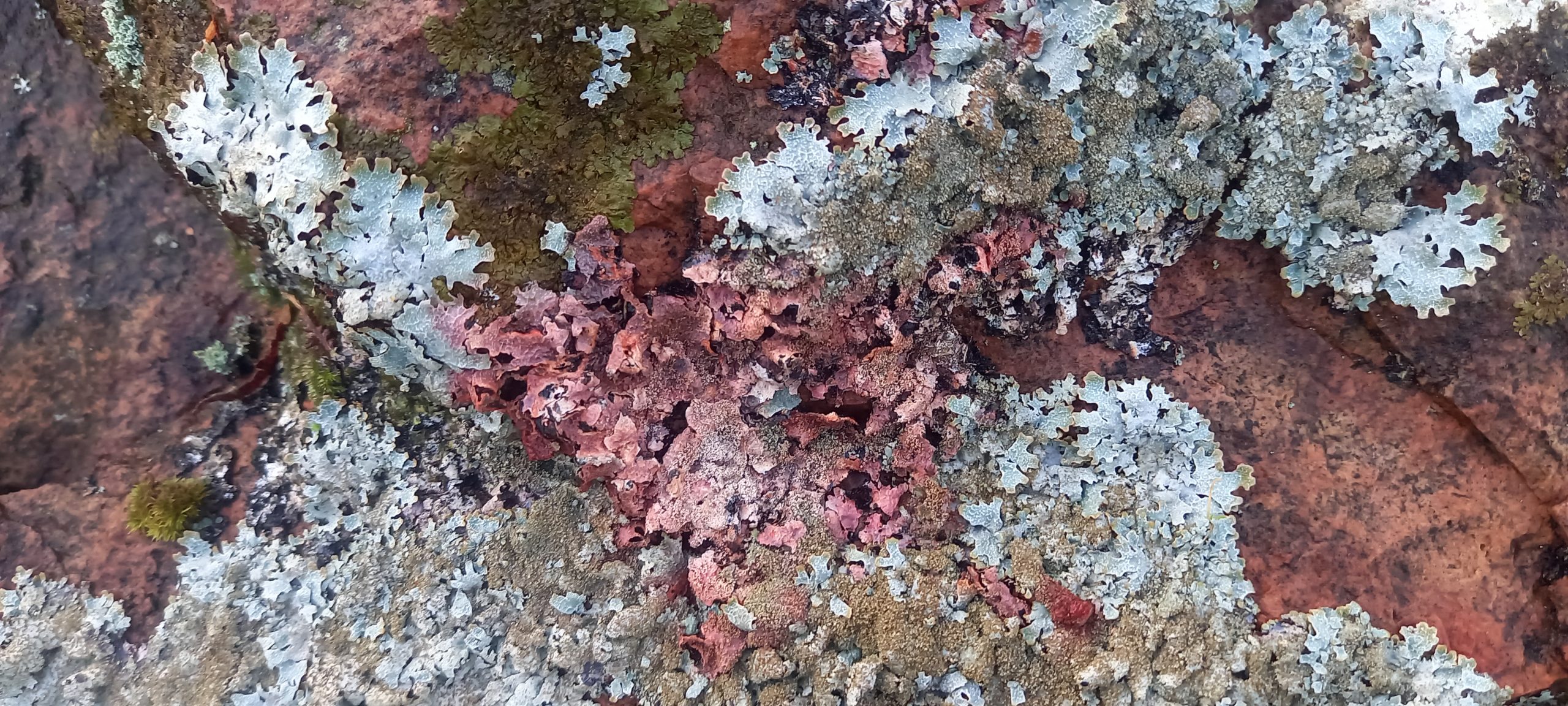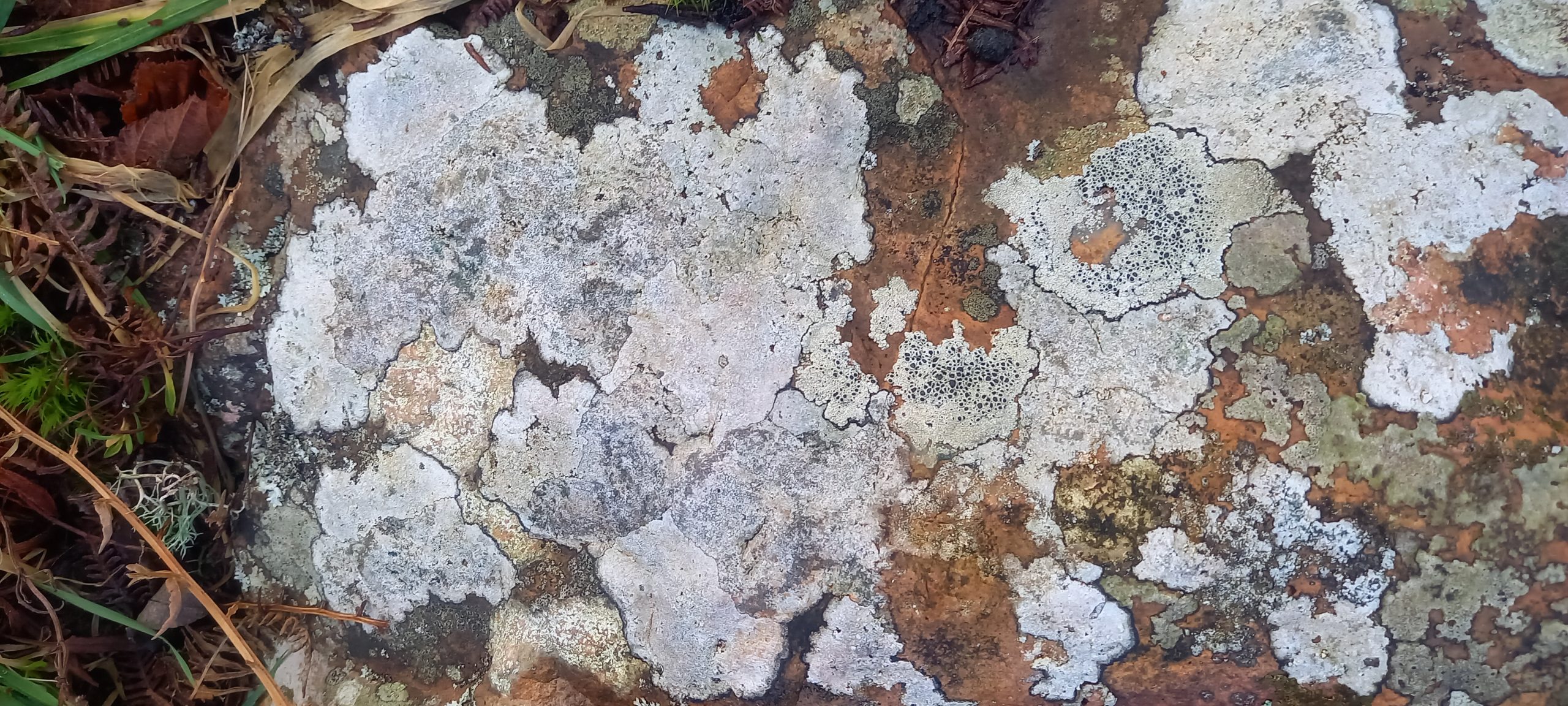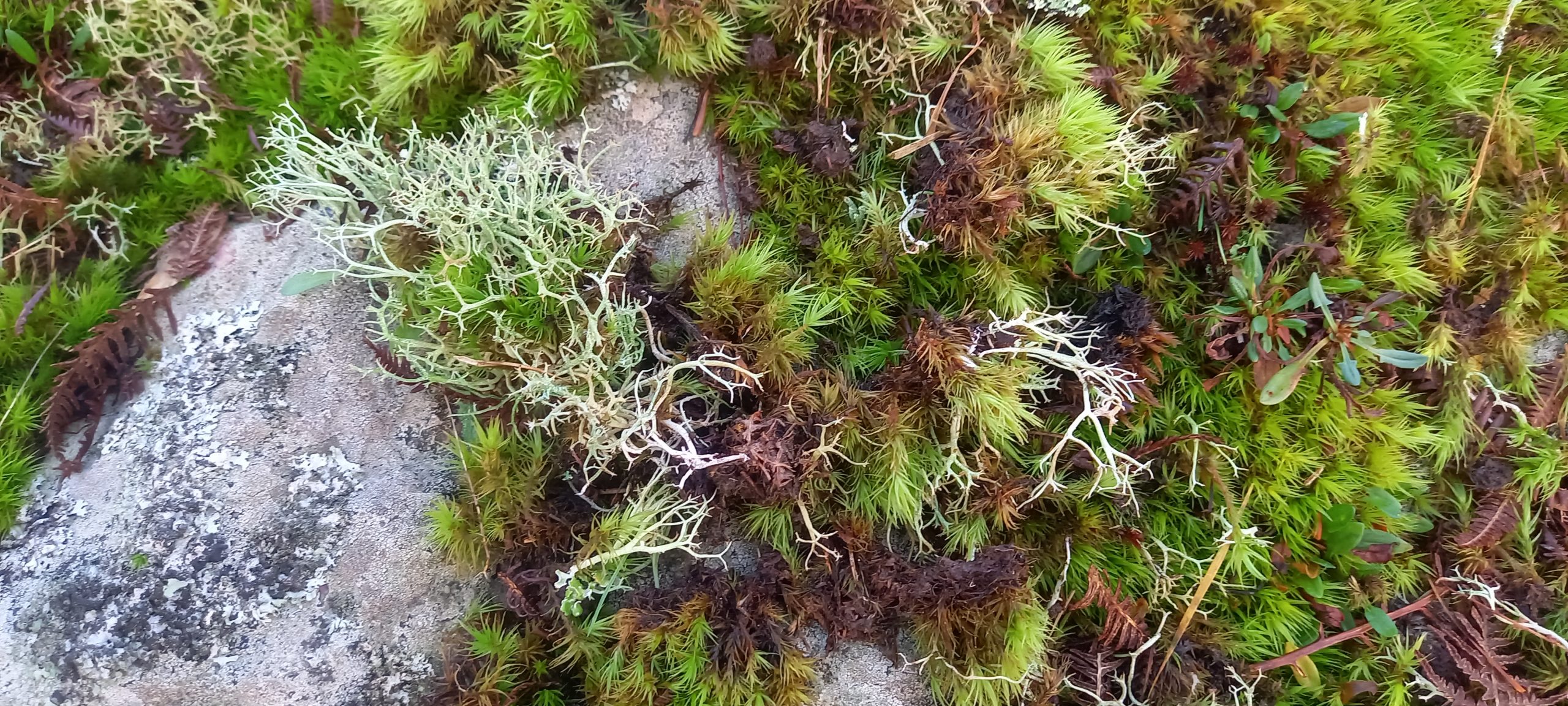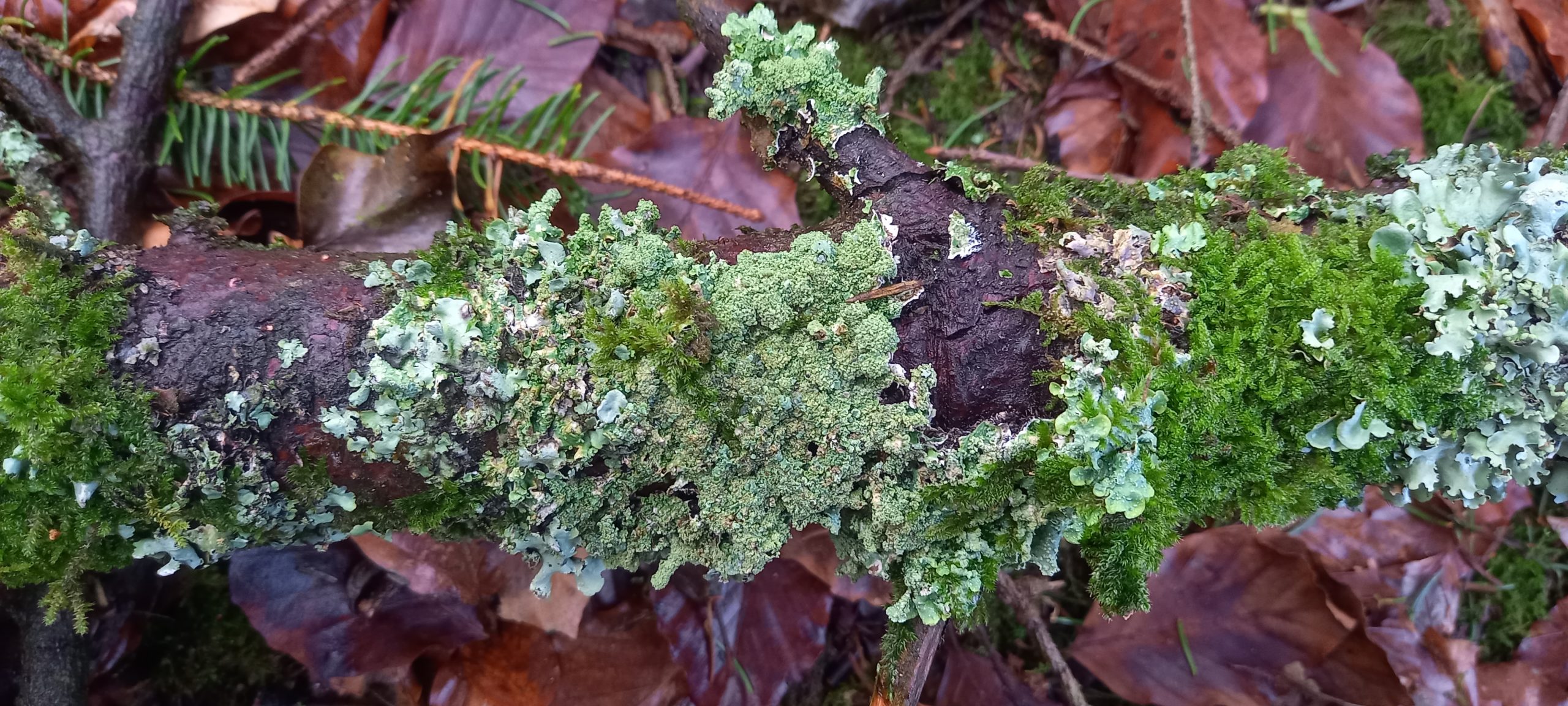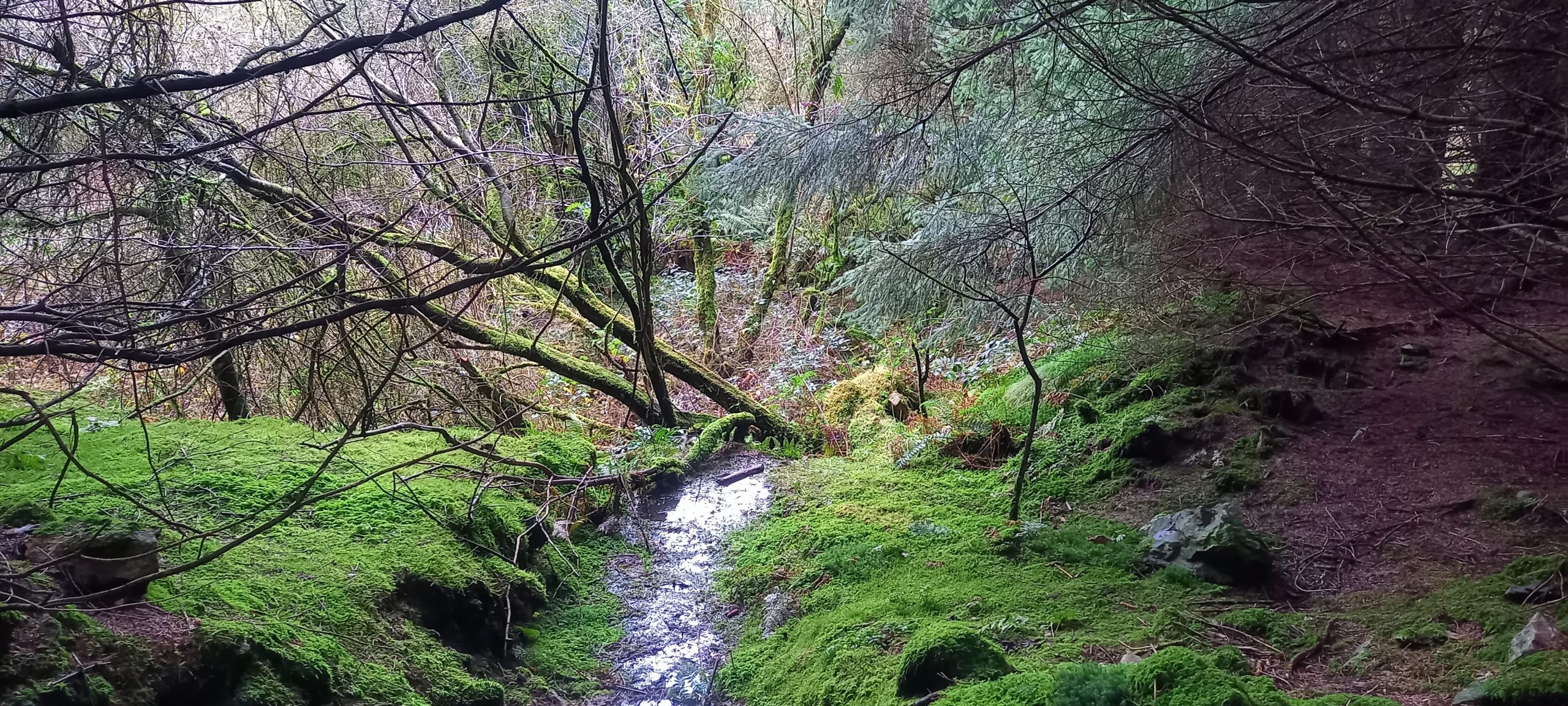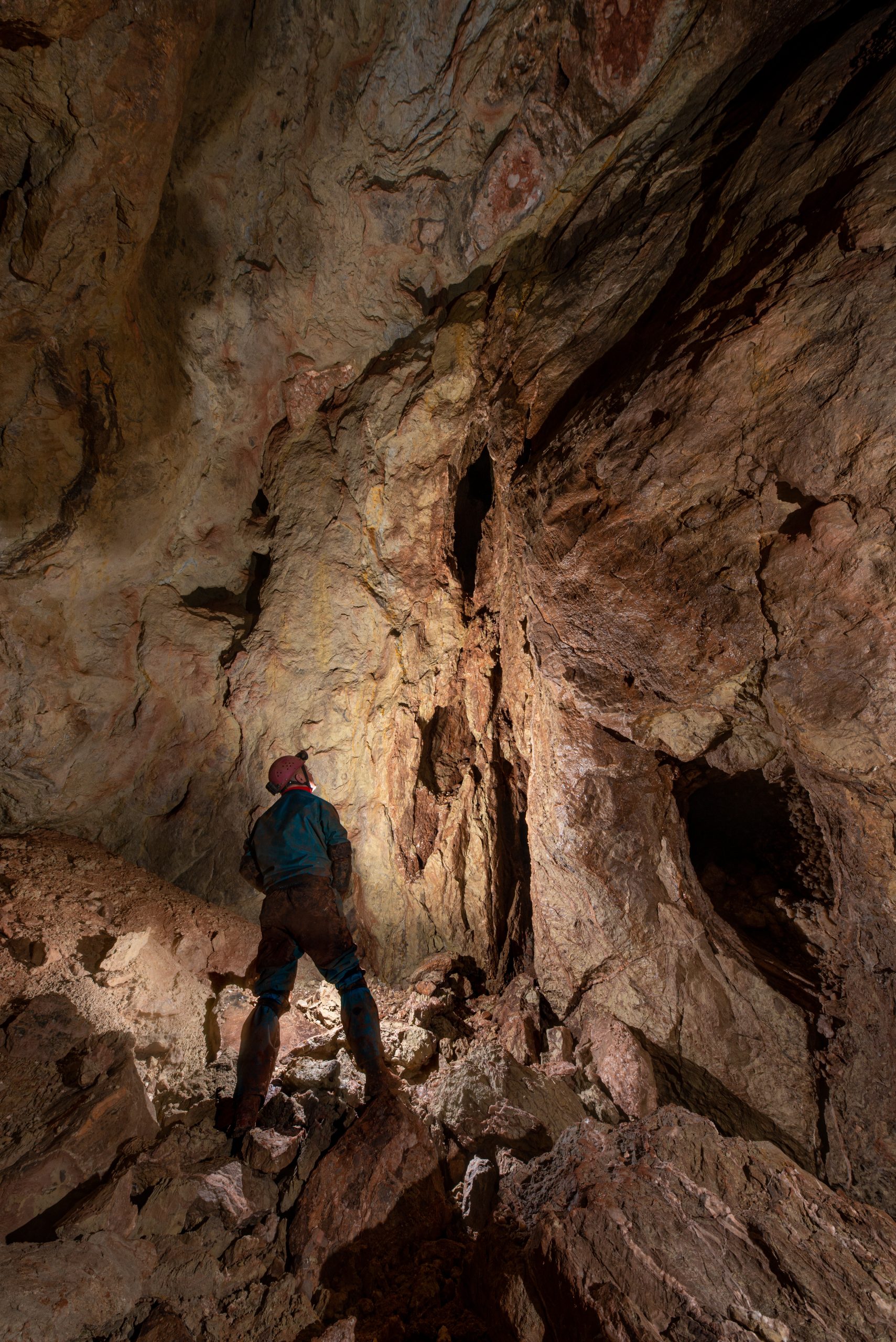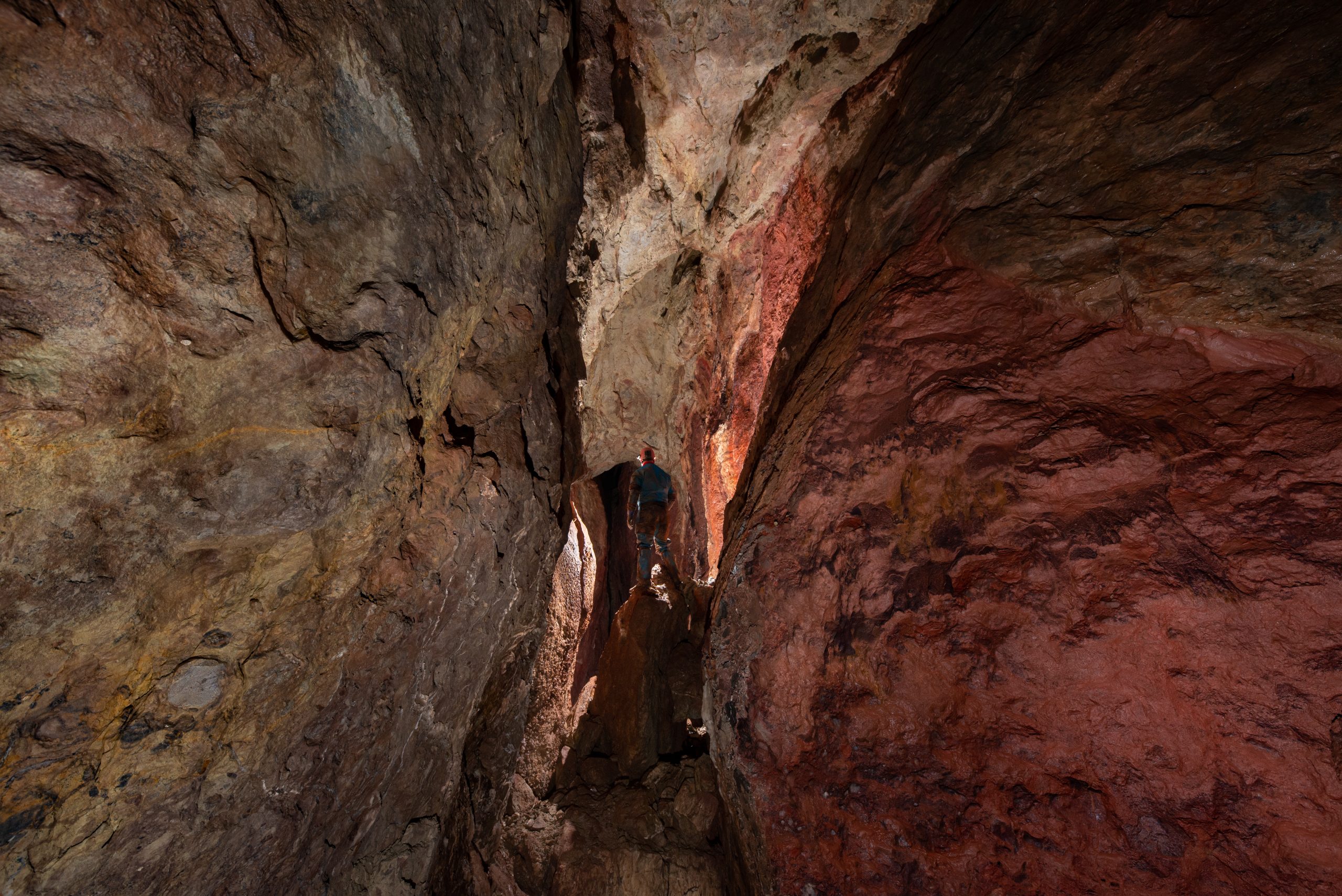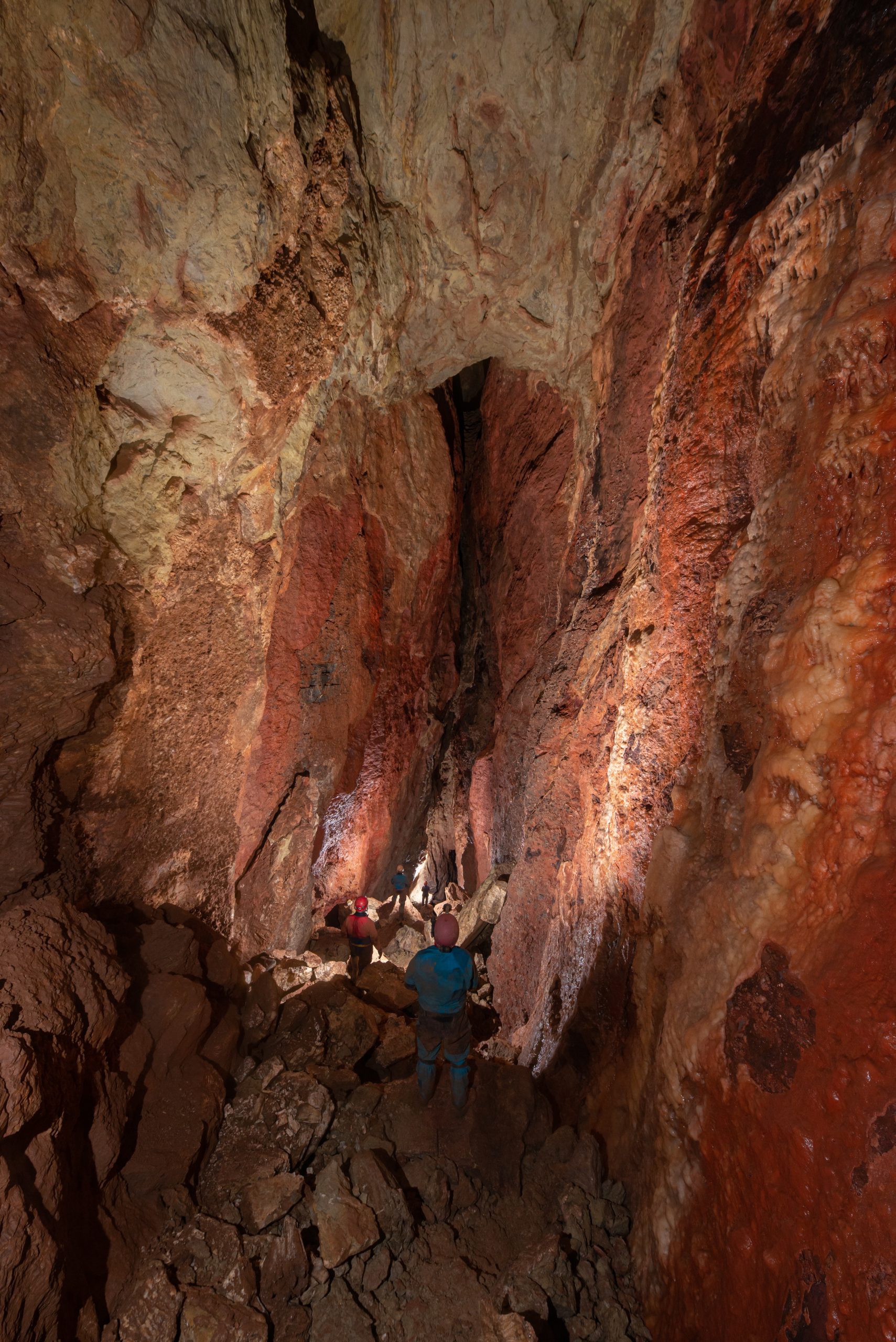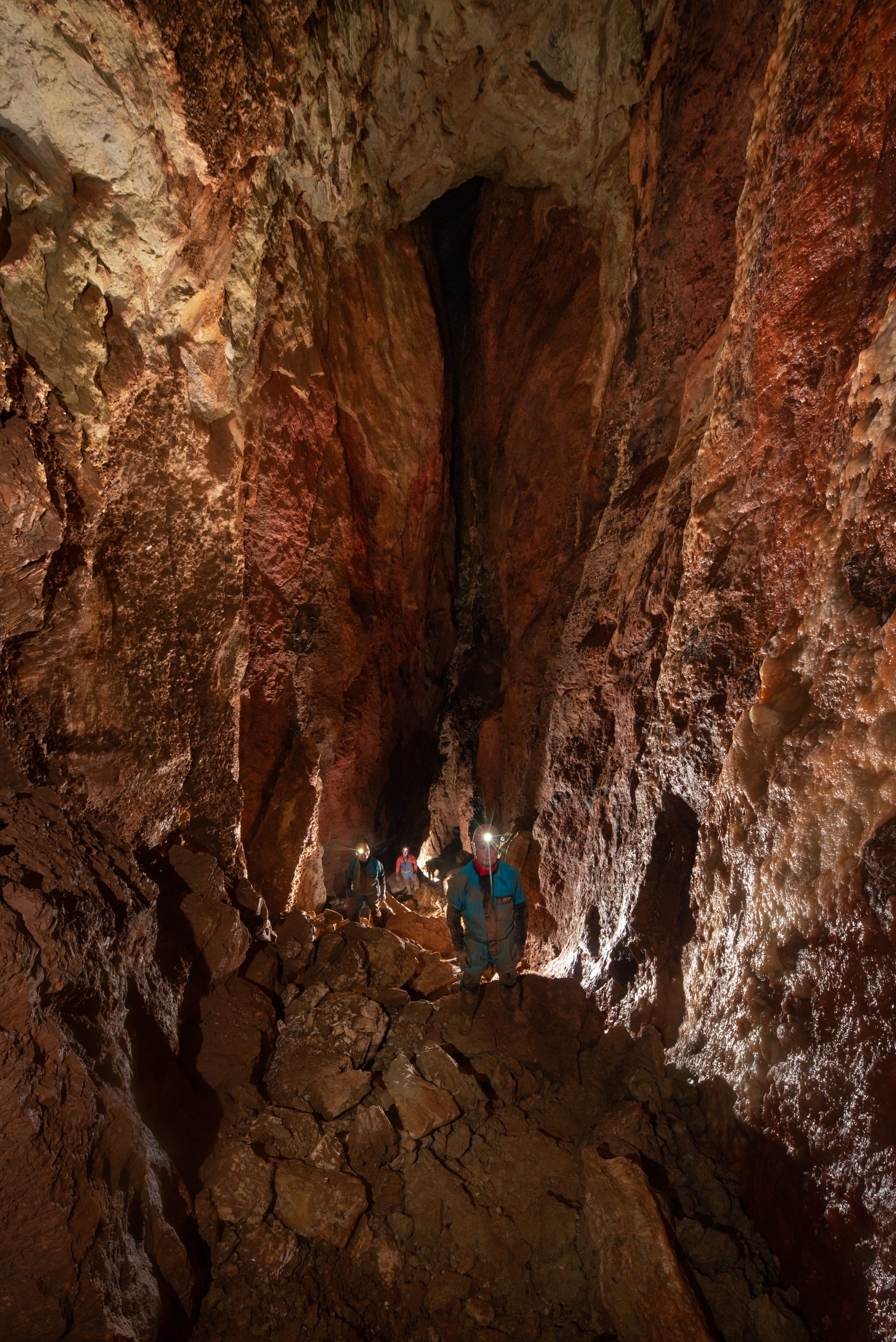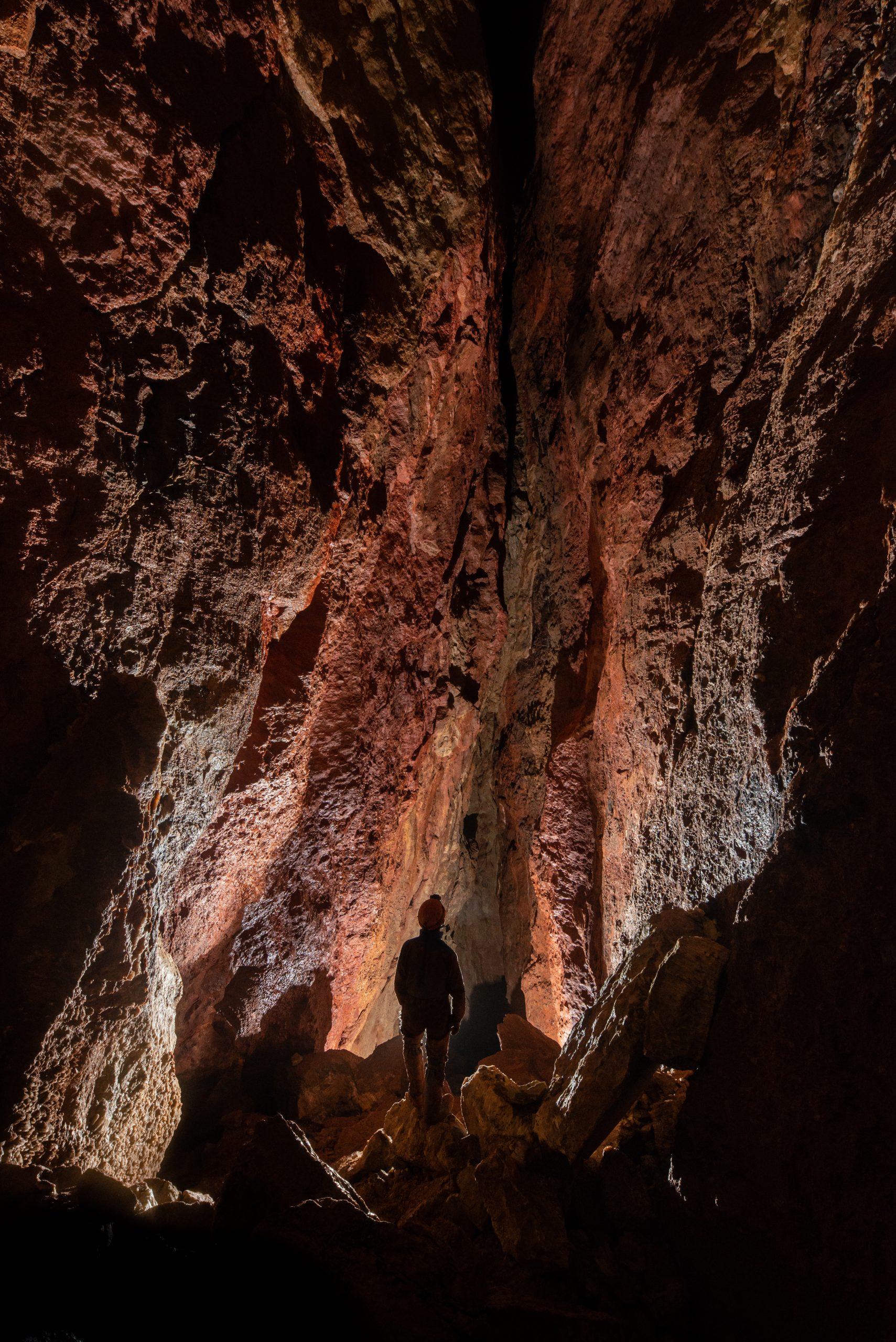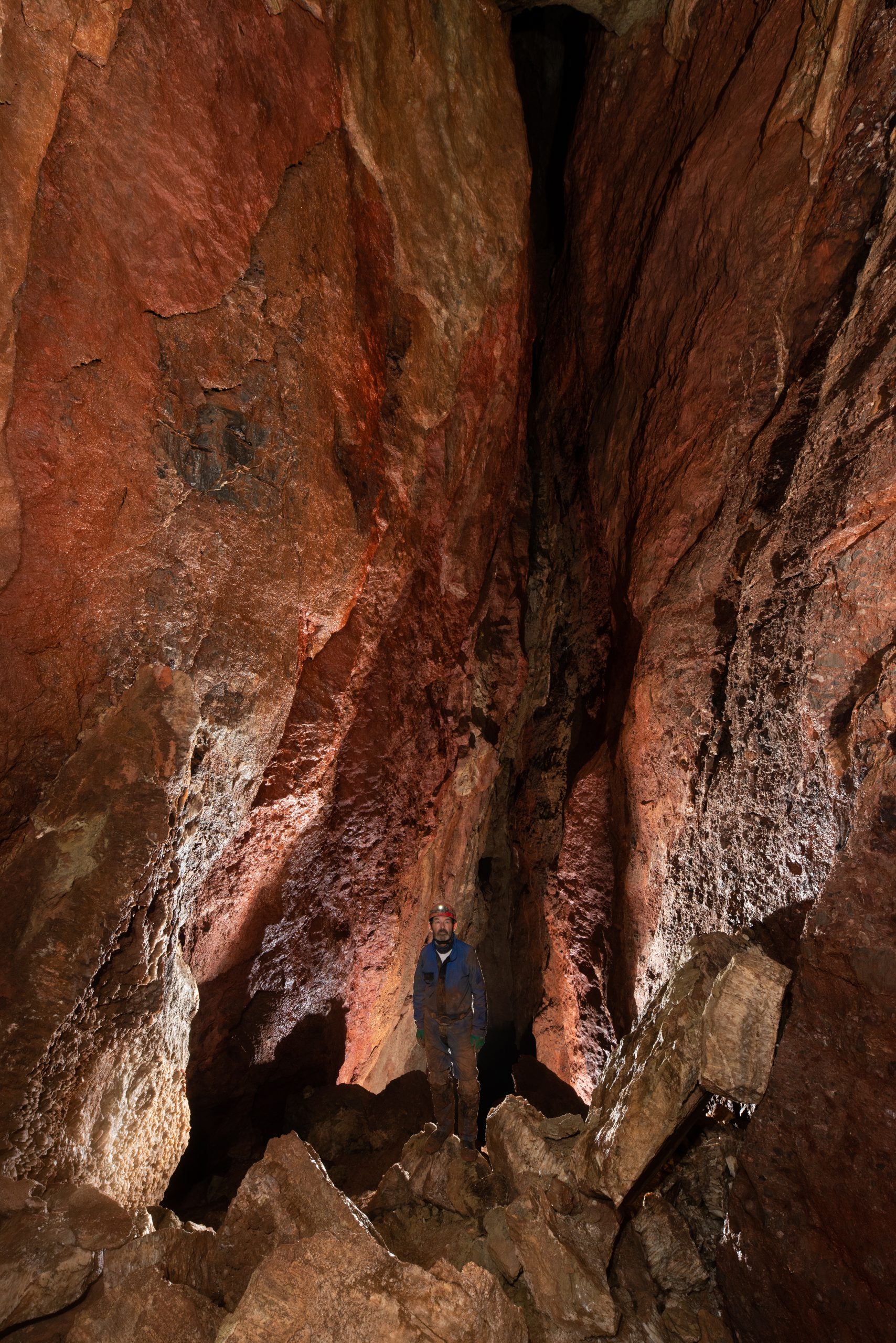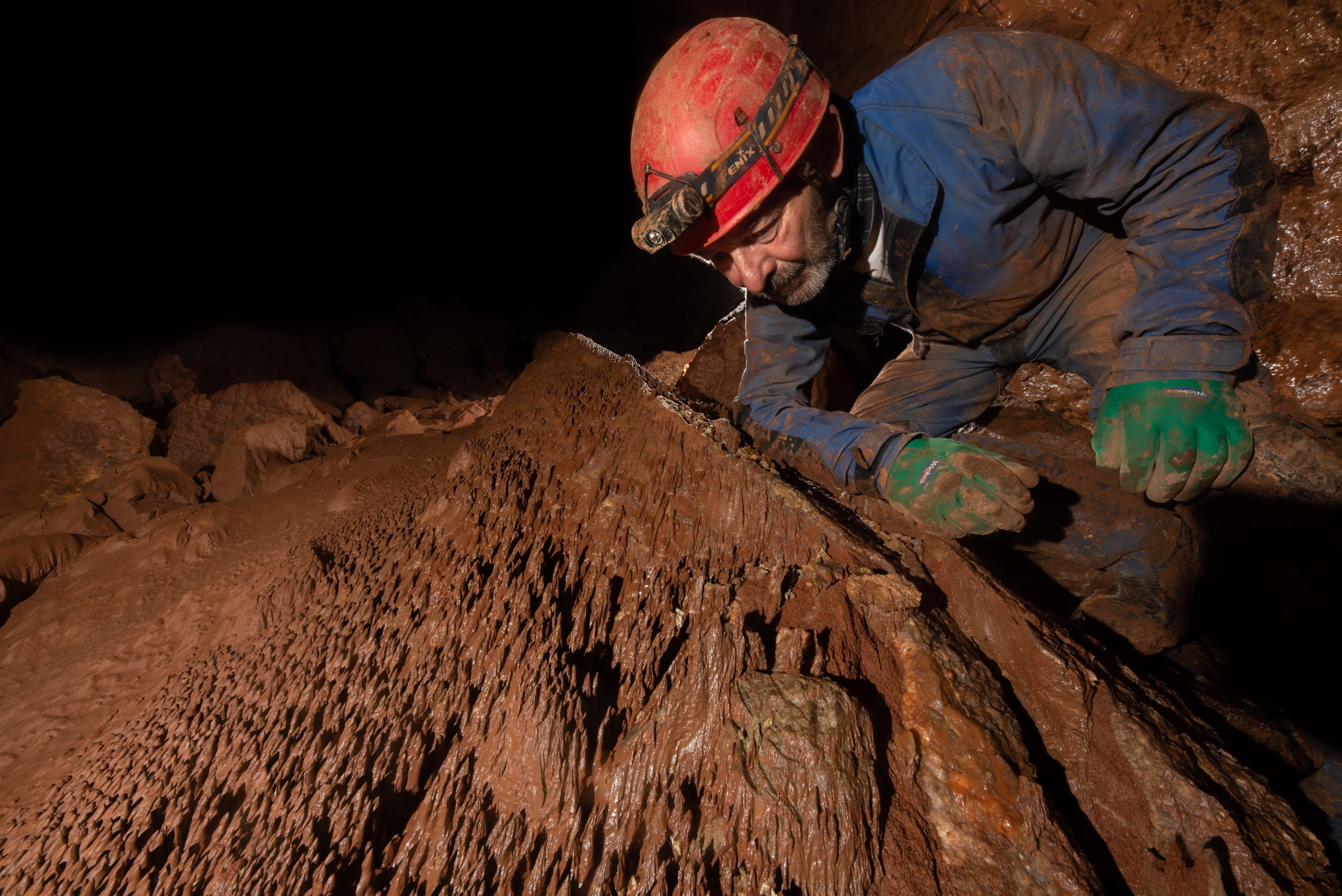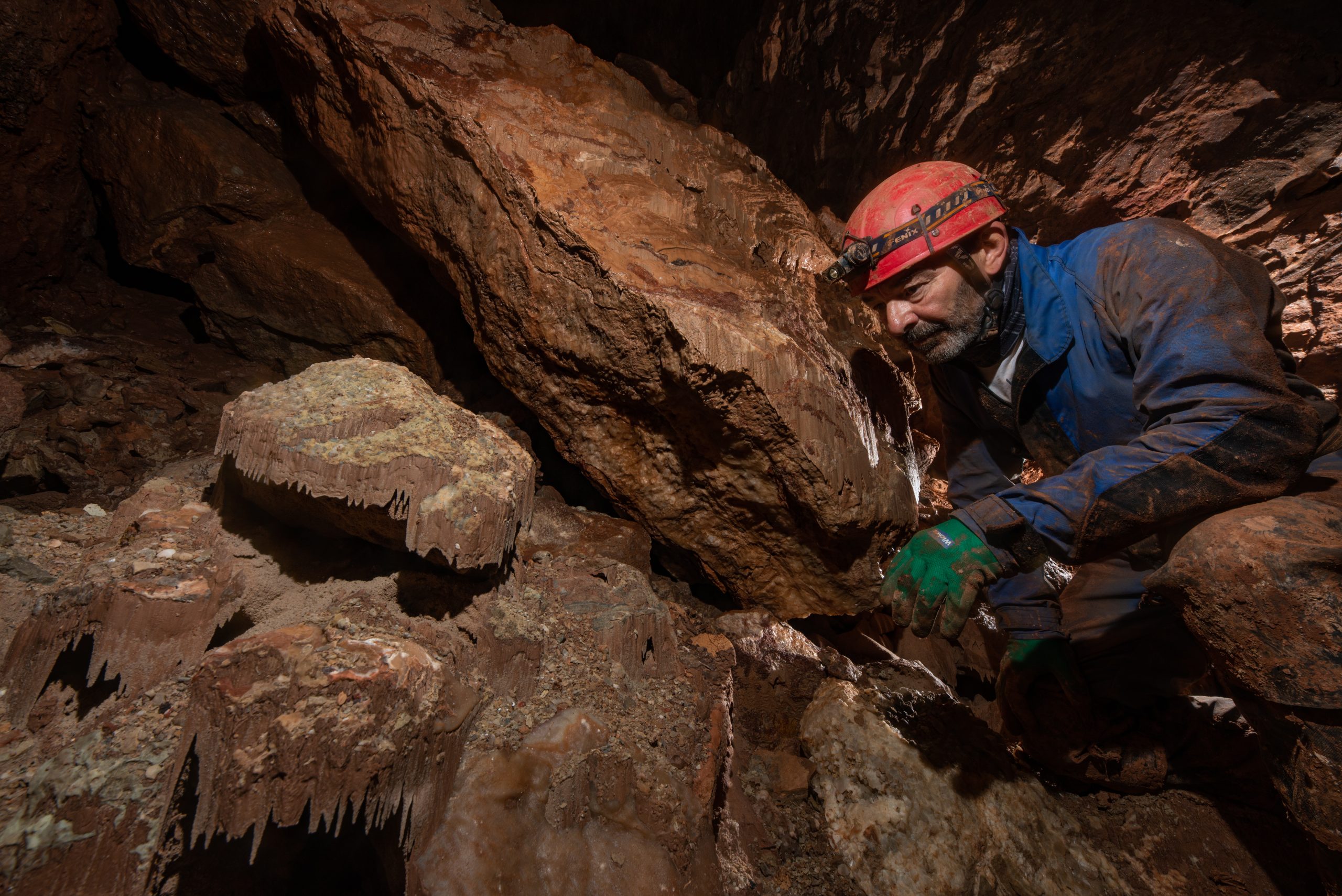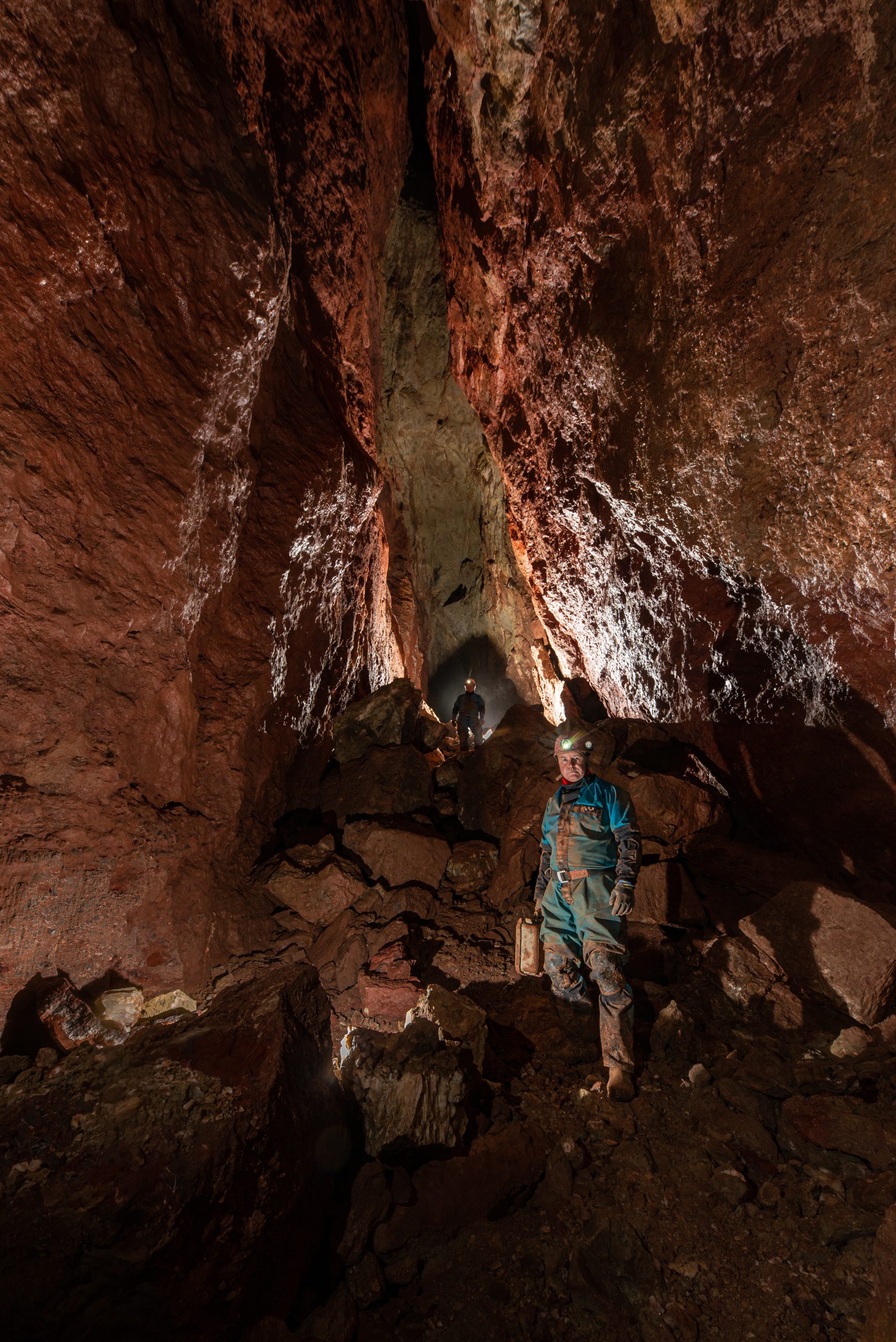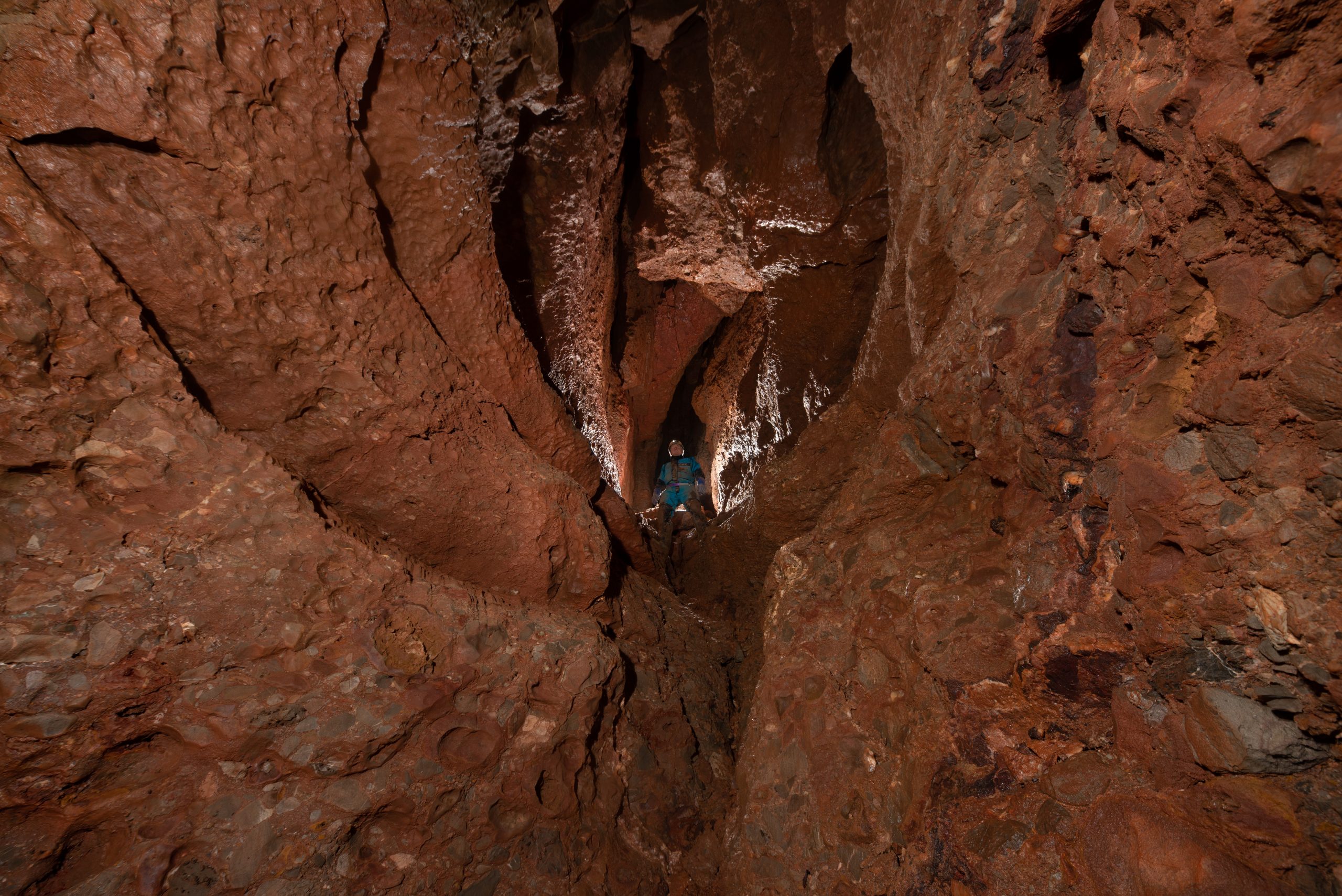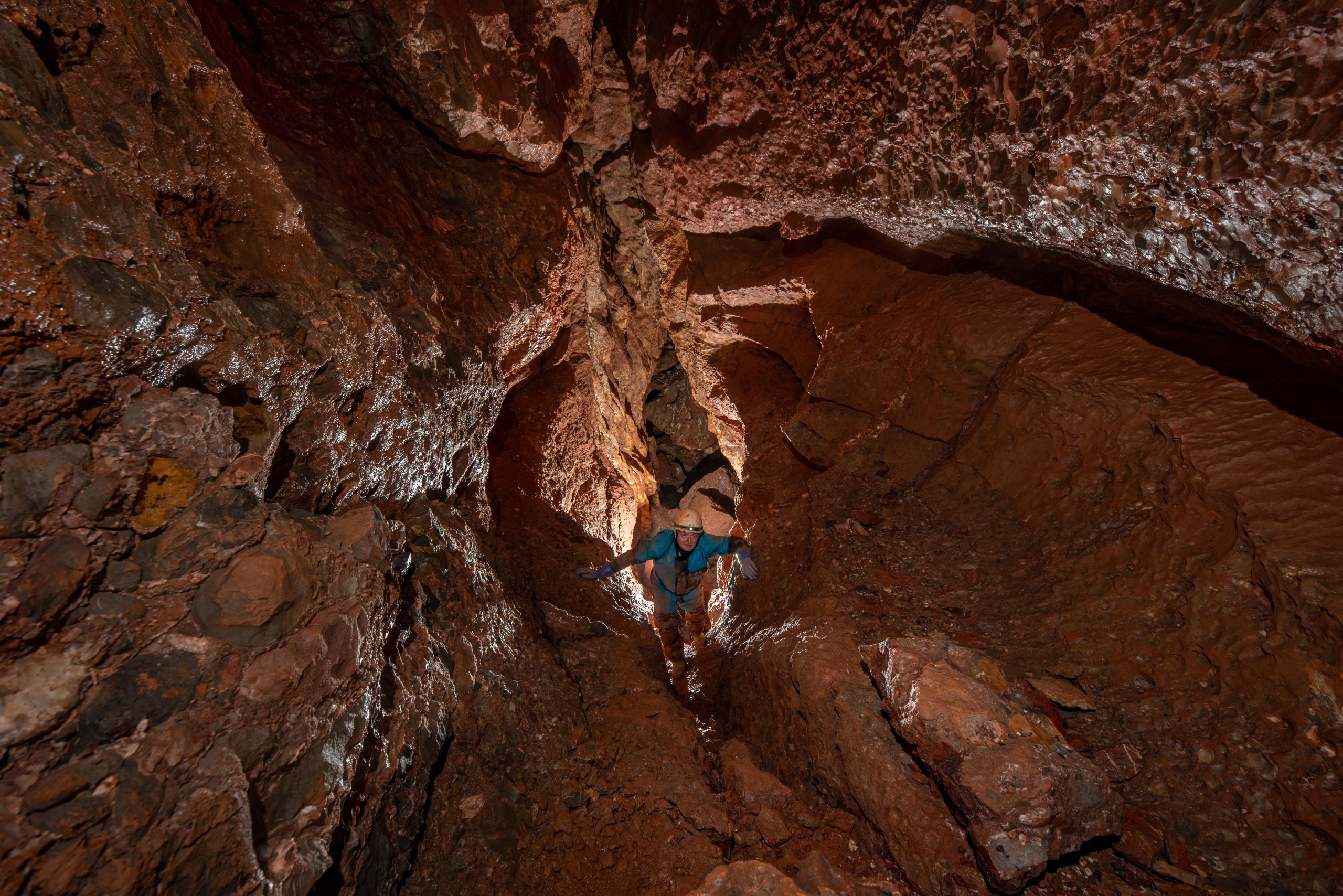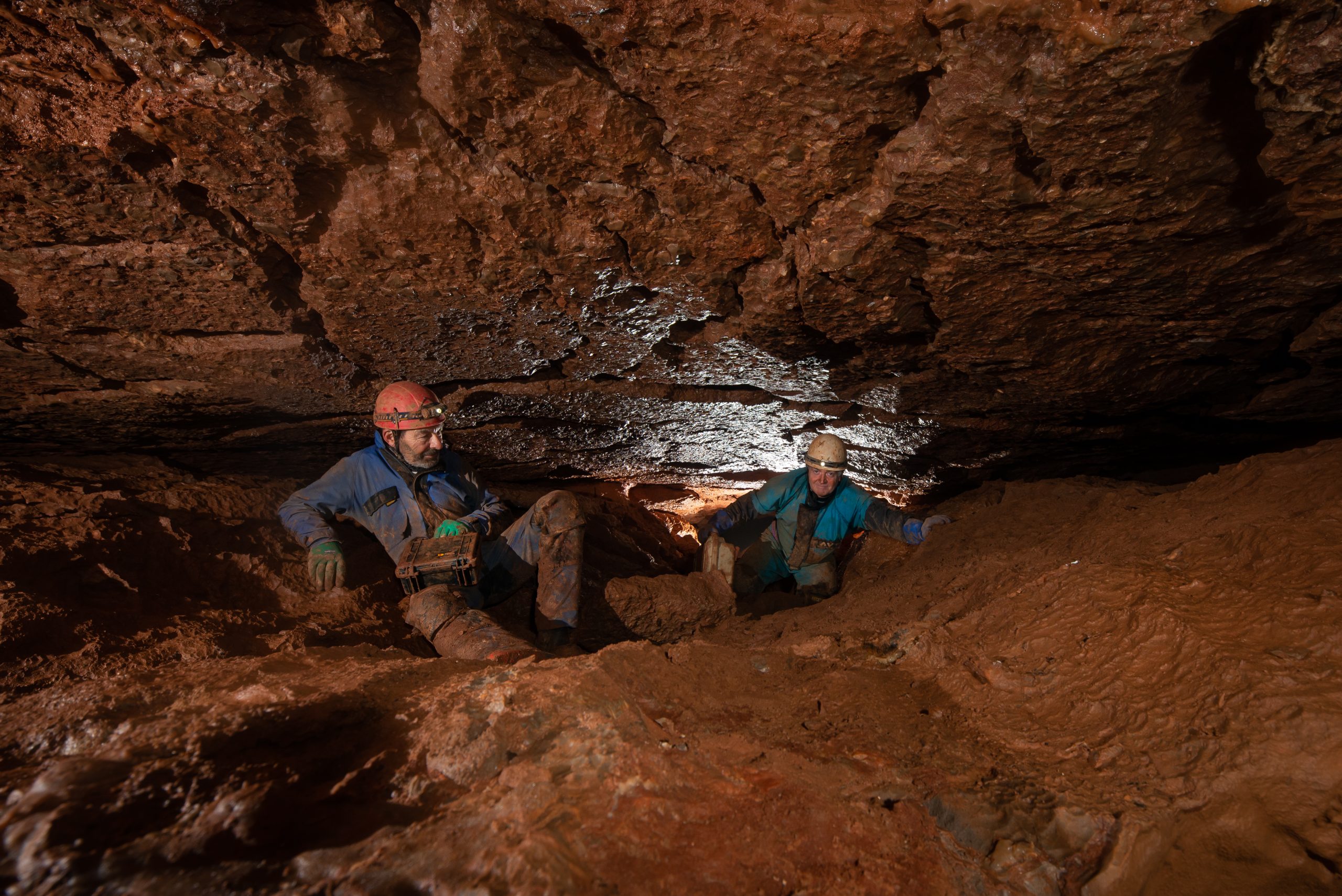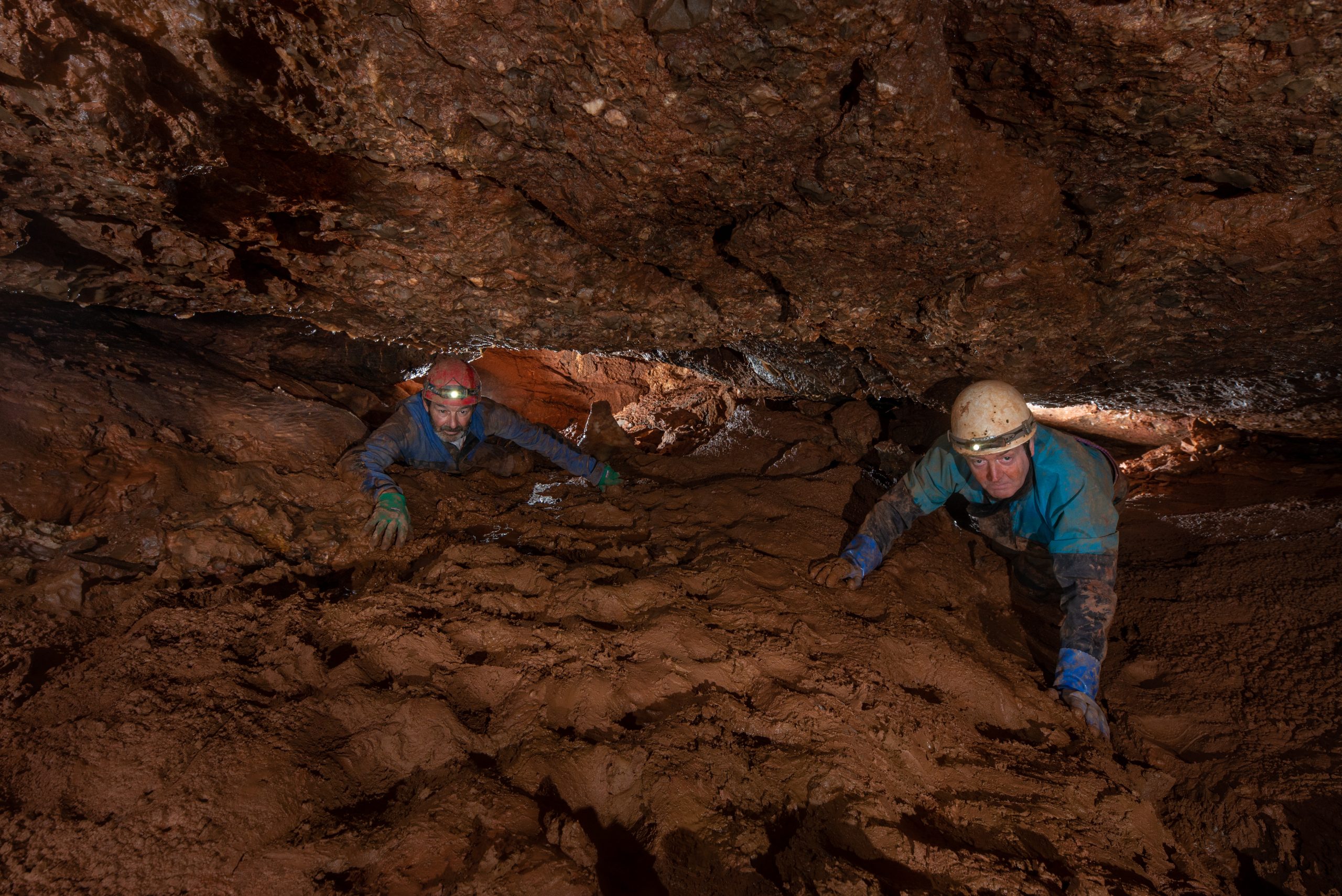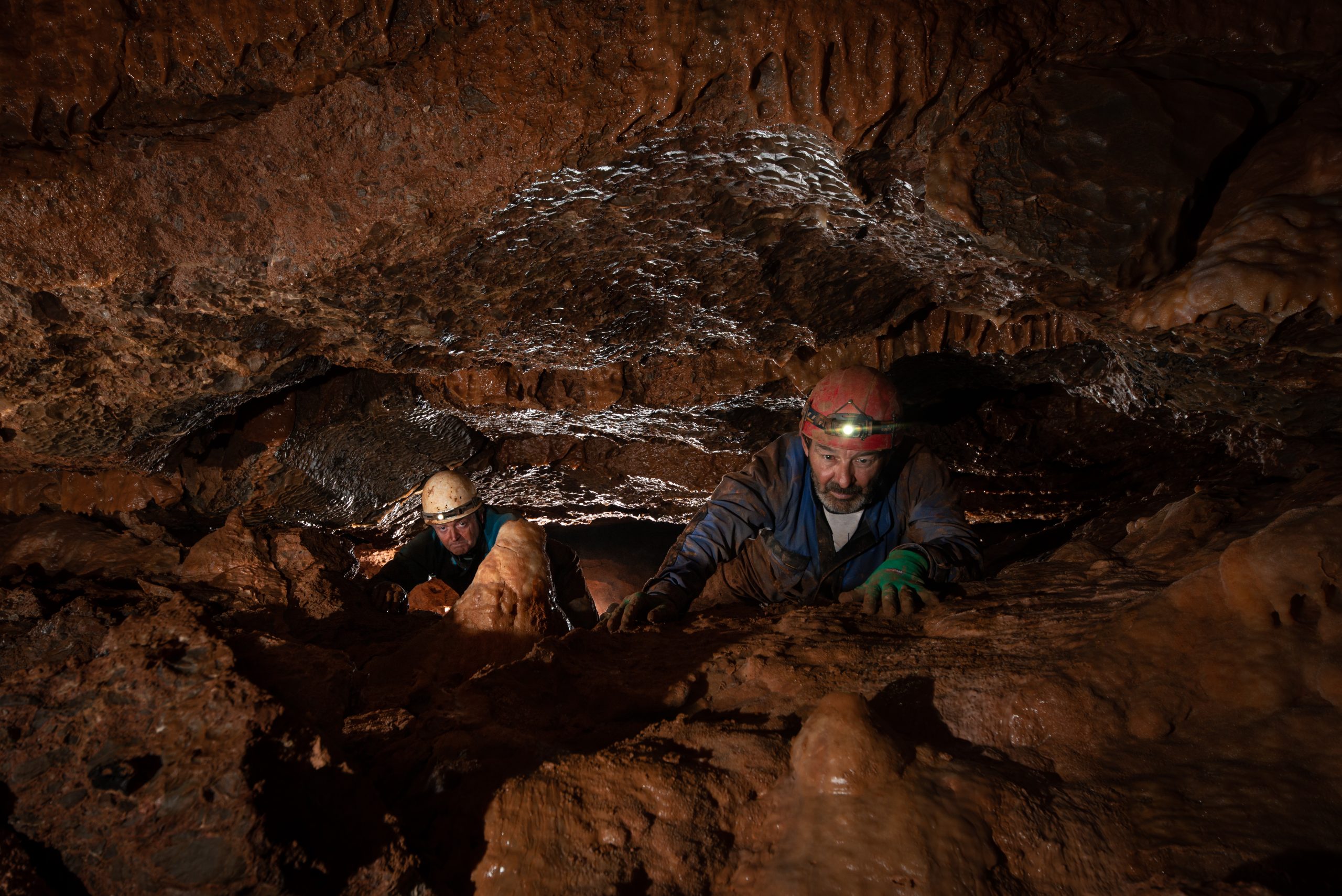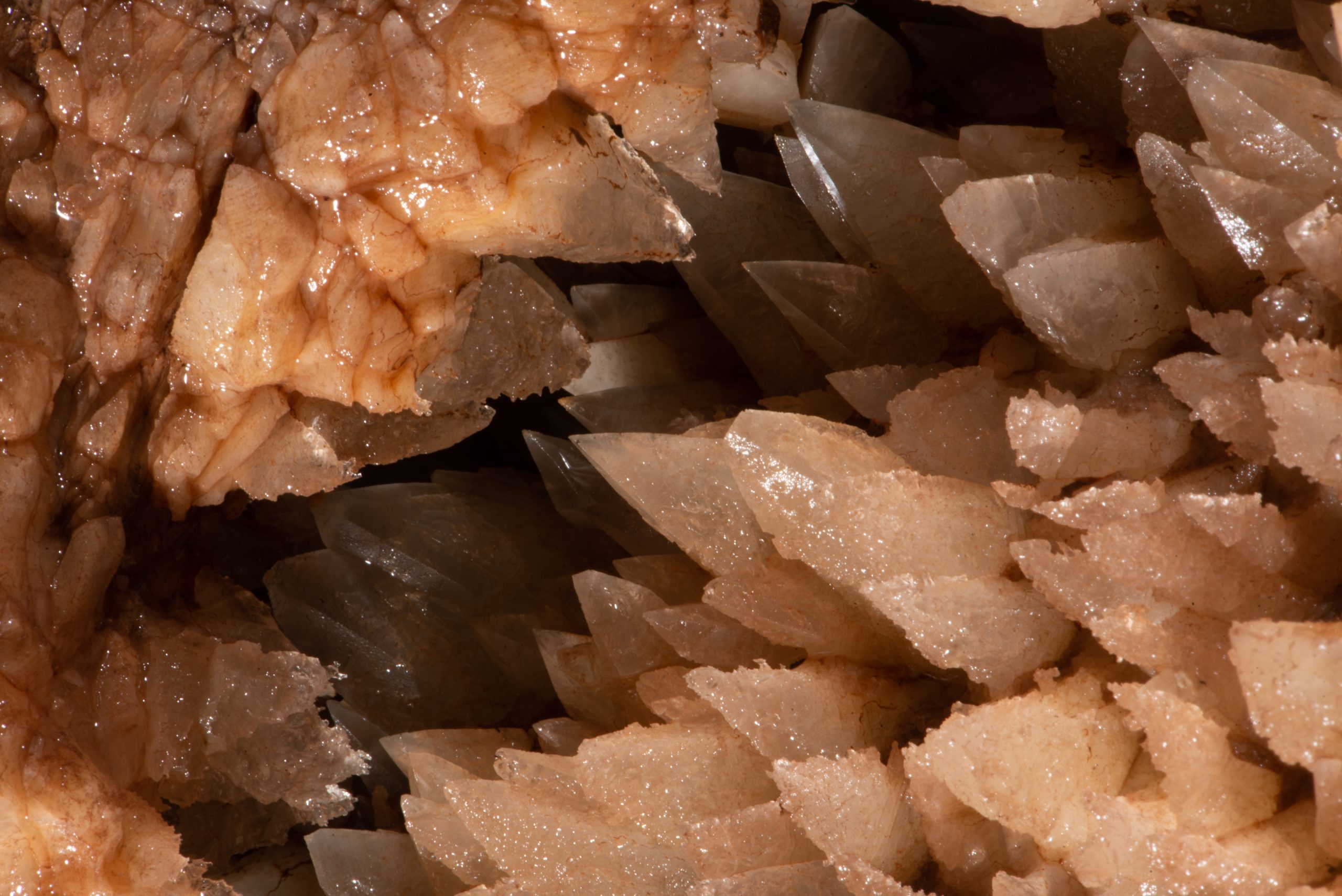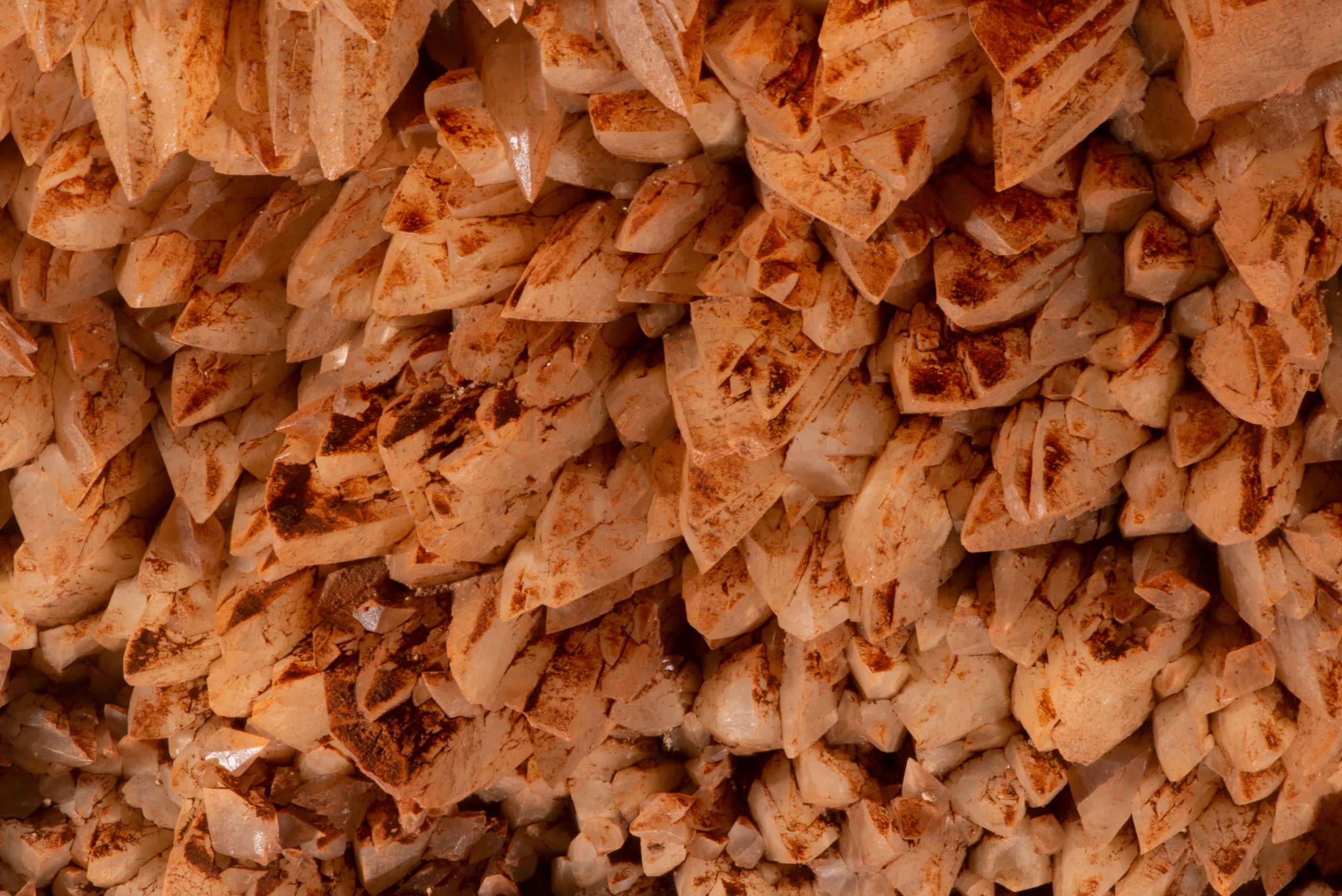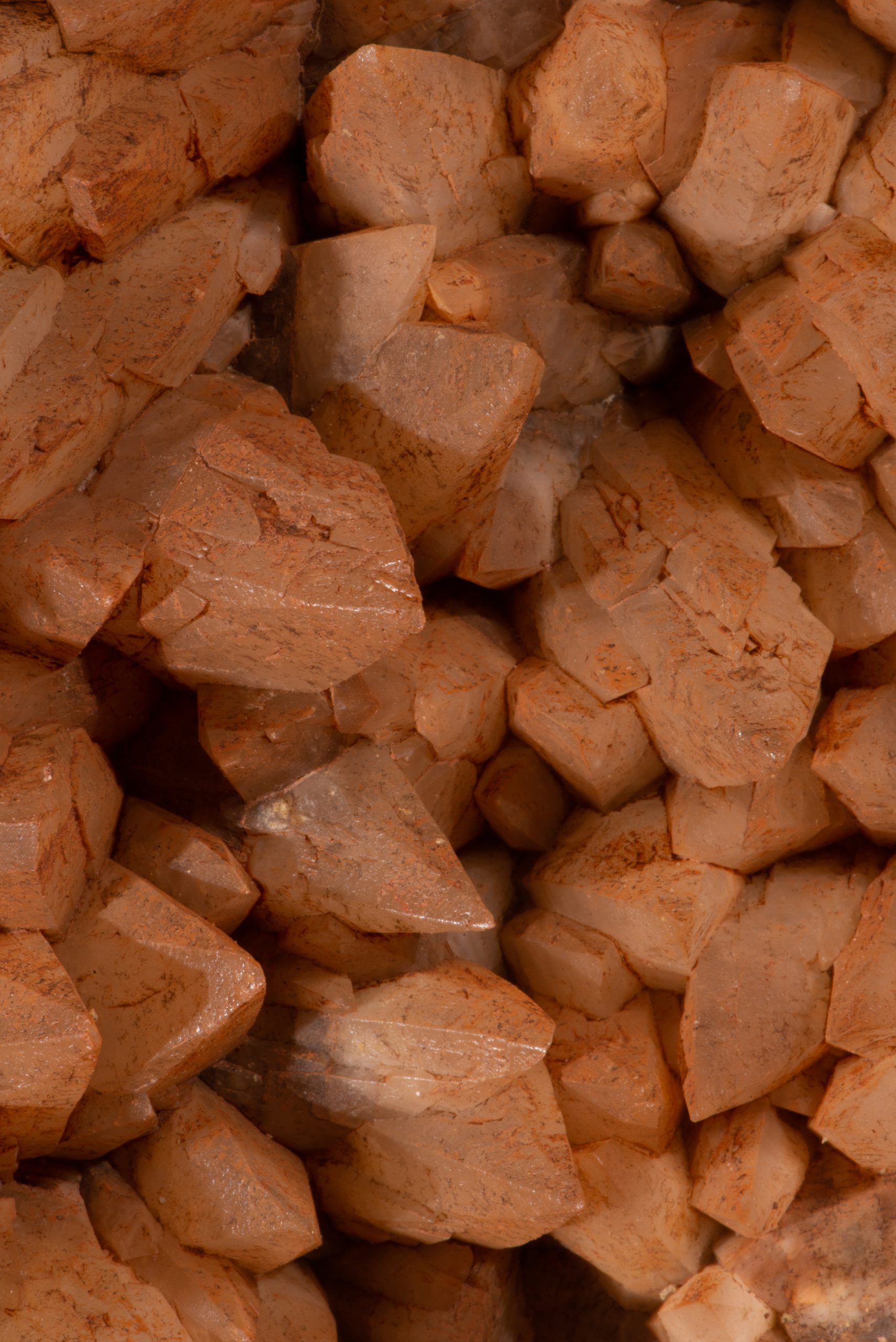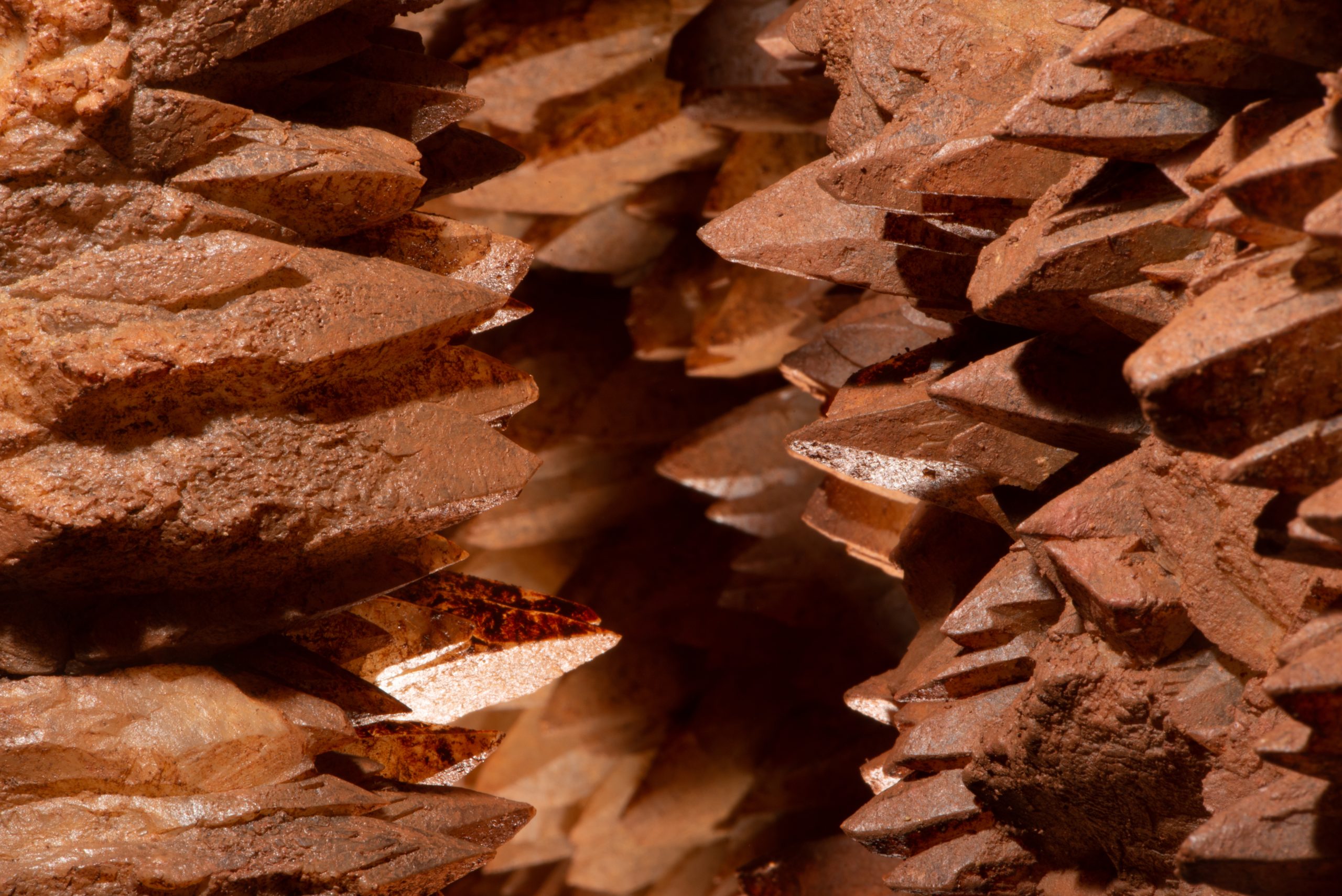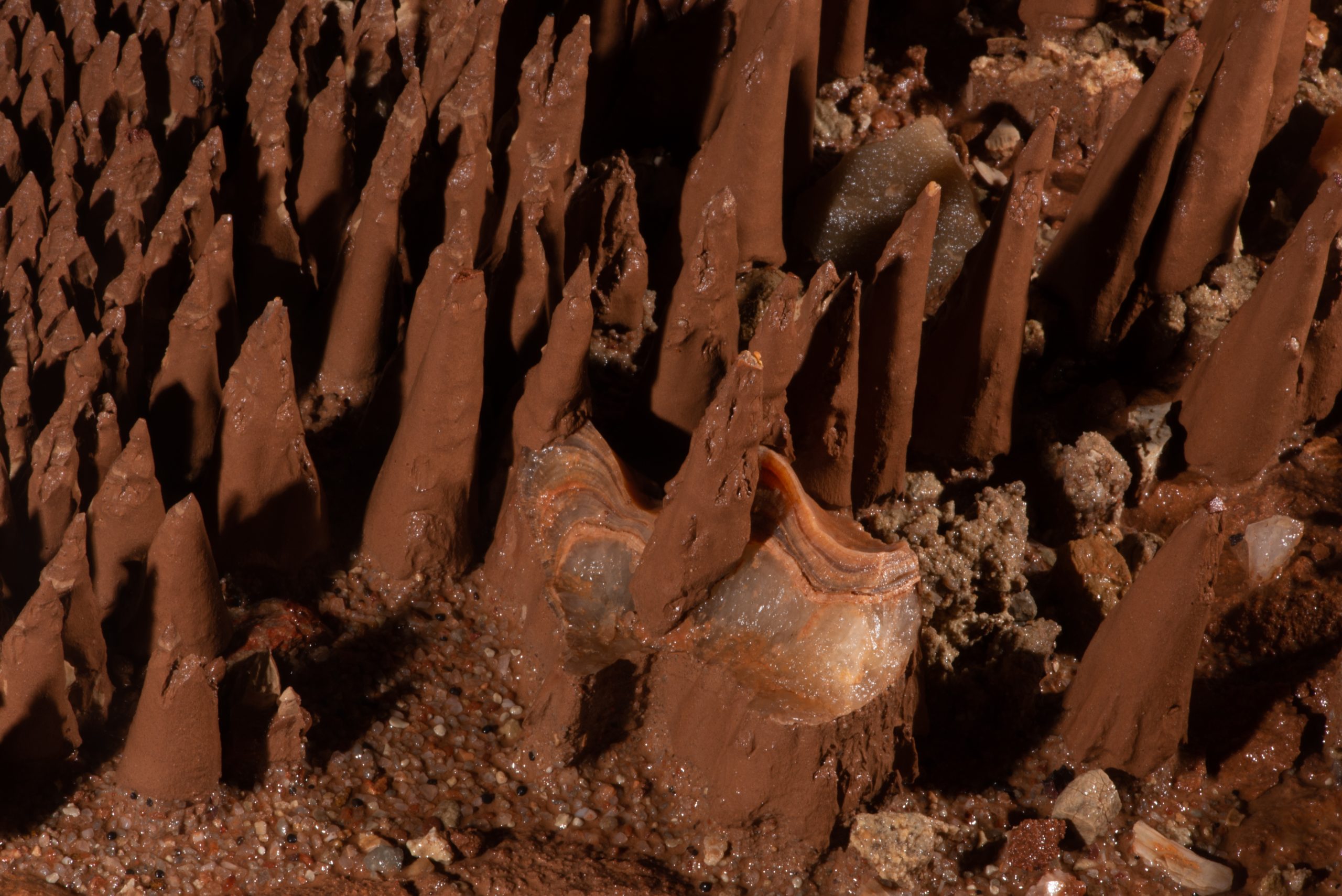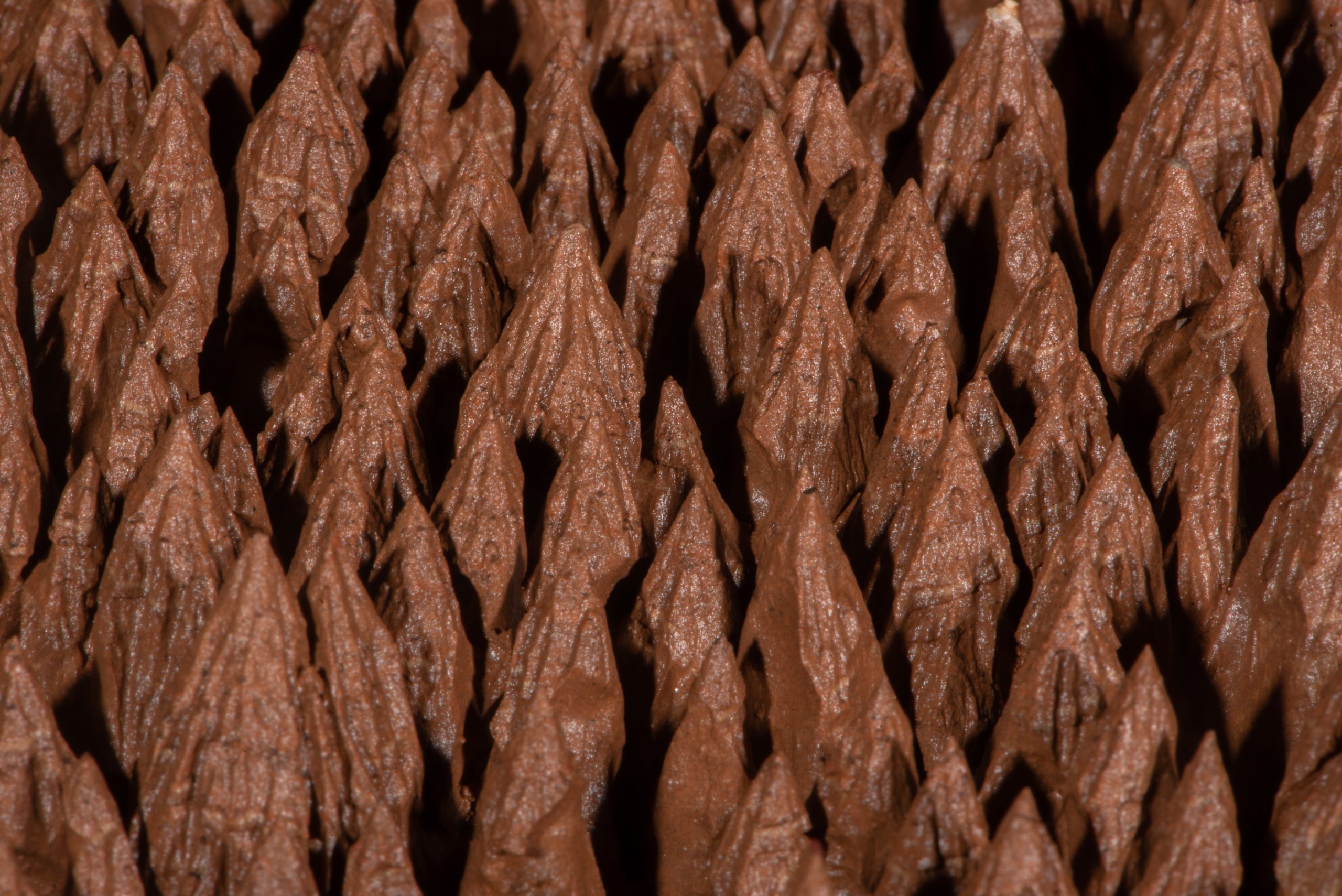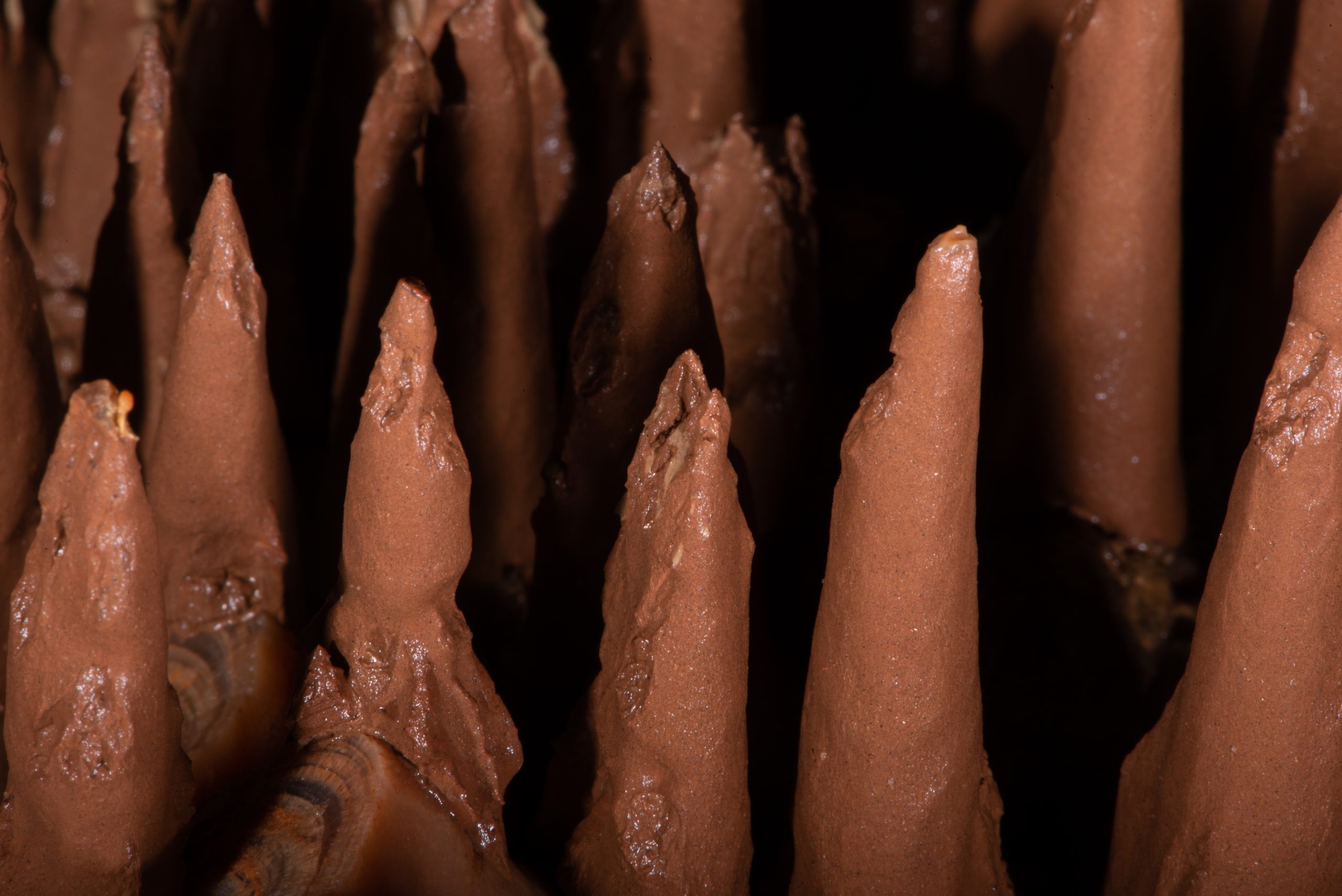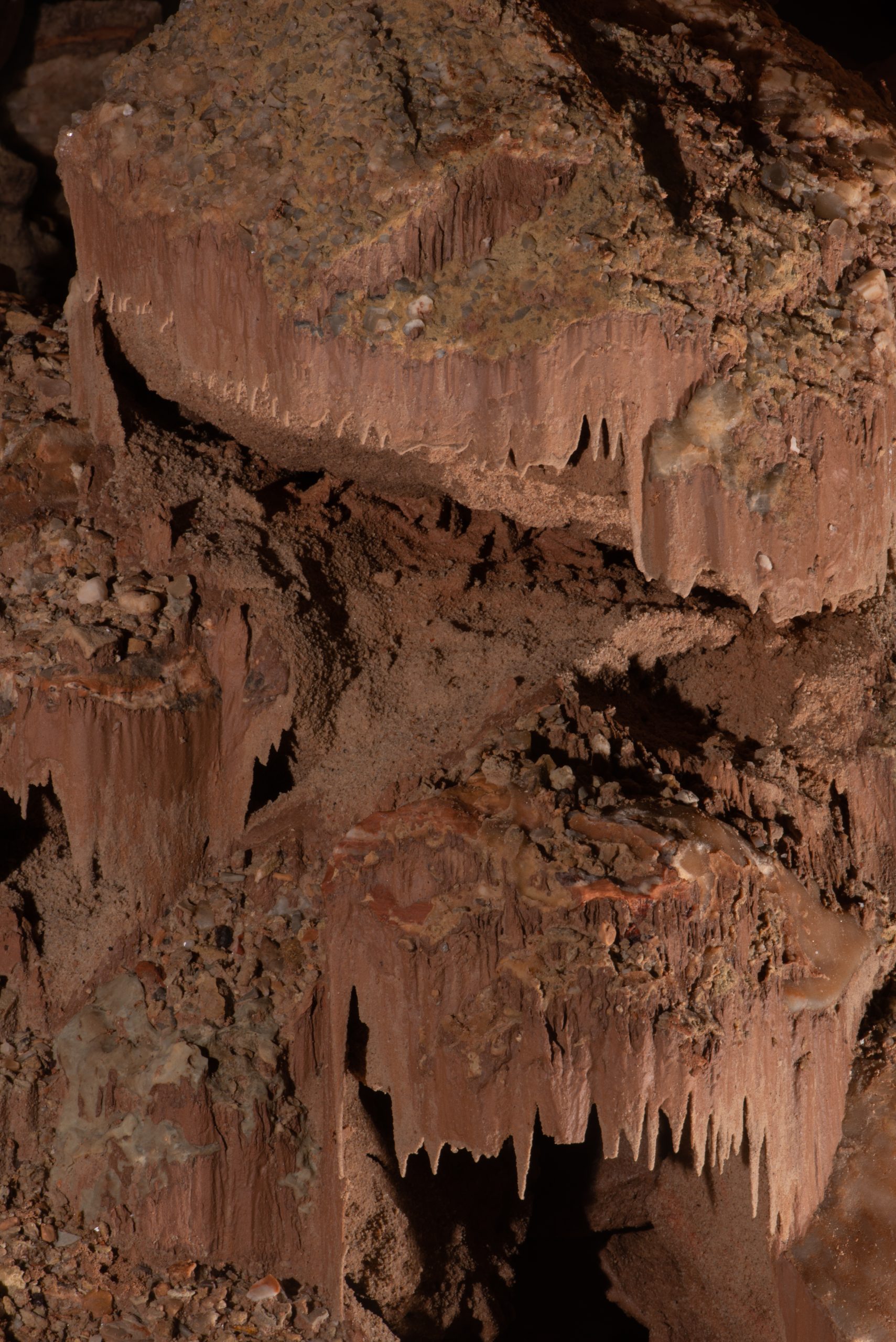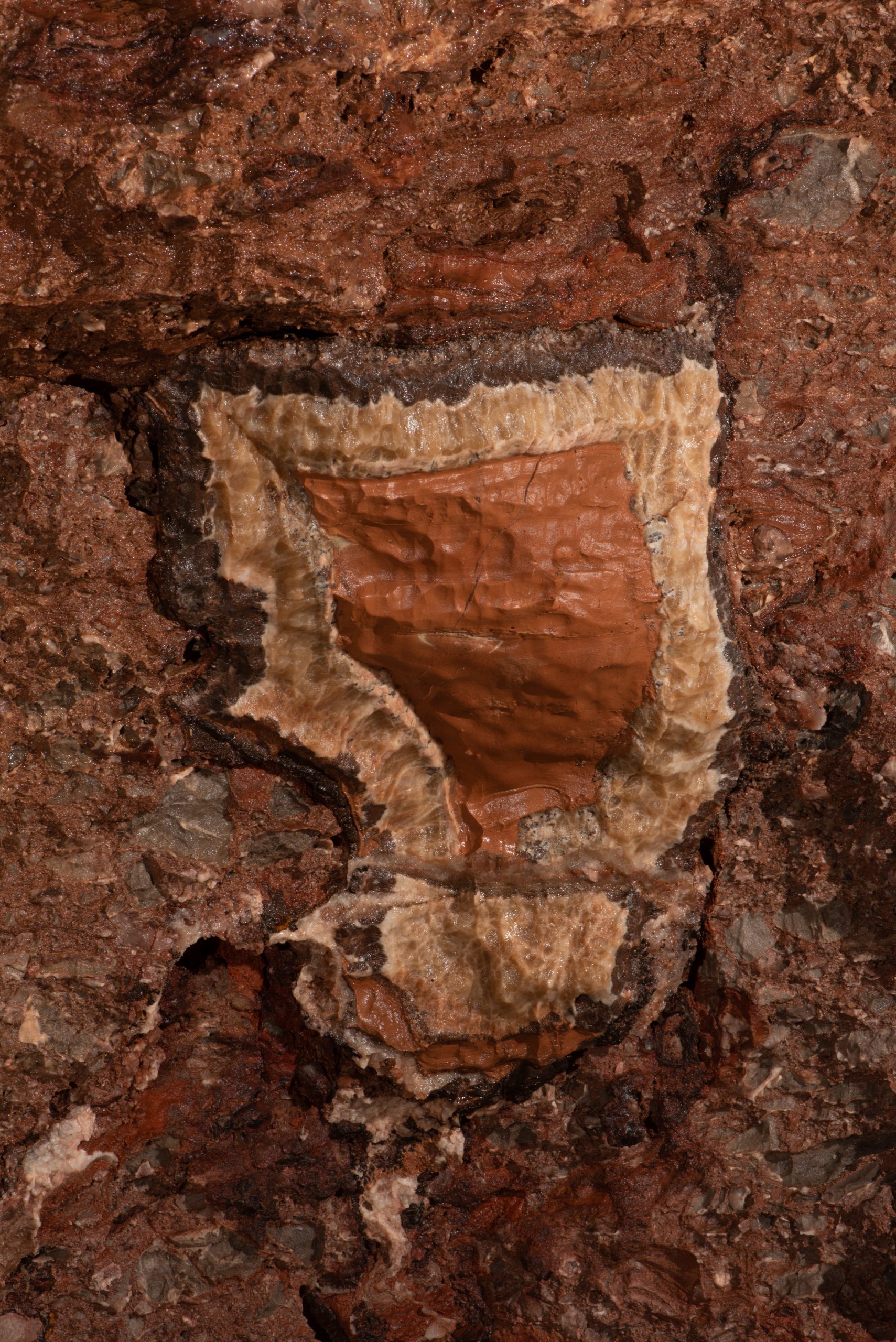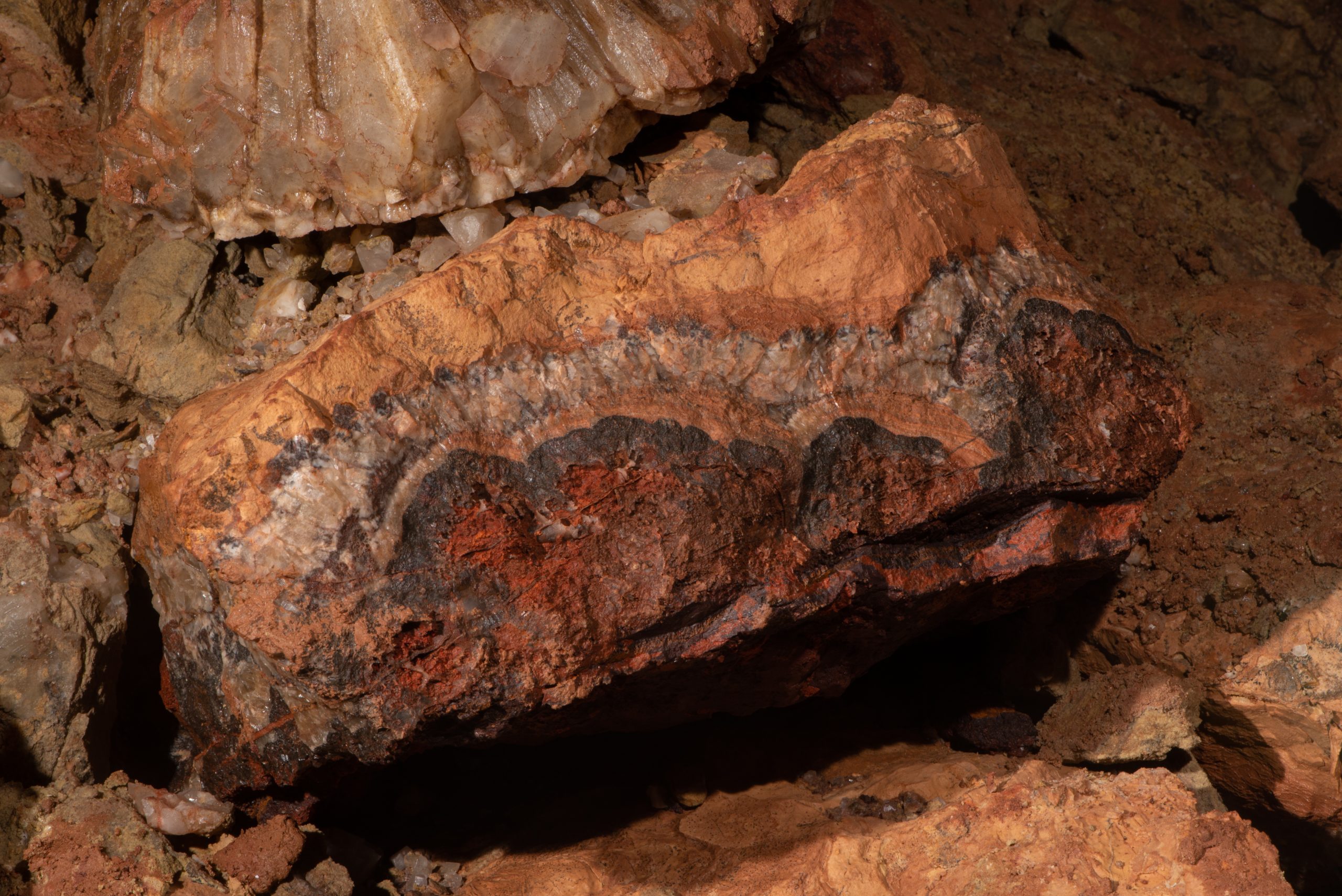The expansion of the Wookey Hole showcave by a driven tunnel into Wookey 20 was completed in 2015. The tunnel allowed easy access to the cave passages beyond by ‘dry’ cavers, more specifically to ‘diggers’ eager to check out the potential leads. In late 2015, the regular diggers at Hallowe’en Rift were invited to take a look at a lead on the east side of the far reaches of Wookey 20. This route had been explored by divers, Tom Chapman and Keith Savory, in the 1990s to a low and too tight arch. There followed a period of expansion and induced rapid speleogenesis culminating in about 70m of gnarly passage gained and leading to another sump, named ‘23¾’, linking to the Sting Corner area in Wookey 24. Diving continues in this area.
In early August 2020, another project was set in motion by the regular team of Wookey Hole diggers in a small side passage off the route that leads down to sump 23¾. Following a collaboration between divers and diggers to establish a voice connection and pinpoint the best location, an intense digging effort of almost non-stop activity, finally, on the evening of October 29th 2020, a ‘non-diving dry’ route from Wookey 20 to Wookey 24 was completed by Vince Simmonds, Nick Hawkes, Graham Johnson, Mike Moxon, and Duncan Price. The route, following the small side passage off the route to sump 23¾, connects to the recently discovered extension, Beginner’s Luck, above the streamway found by divers, Connor Roe, Max Fisher, and Duncan Price leads down a steep descent into the Wookey 24 stream passage. The route is physically demanding, especially on the return, and has some difficult, awkward climbs.
A few days later, the English government plunged everyone into a second lockdown and our activities were, somewhat curtailed. This also meant that several of the regular diggers, absent on the breakthrough, had not yet passed the connection to Wookey 24. We are still in lockdown!
Subsequently, a disappointing and blatant “poacher’s” trip to the connection has occurred. Video clips of the trip were posted, then removed, there was some negative feedback posted on various platforms along with a lot of bullshit and bollocks being uttered. It is categorically stated here that none of the participants involved on this “poacher’s” trip were, or have ever, been involved with any of the digging activities to make the connection to Wookey 24 or any of the other recent discoveries in Wookey 20 (Land of Hope and Glory) and any inferences of such is just not true!
There was a rapid response to this post, a dialogue ensued and an apology received. It still rankles, but the clock can’t be turned back and we need to move on rather than enter an endless cycle of recriminations and finger-wagging. A line was drawn under it.
